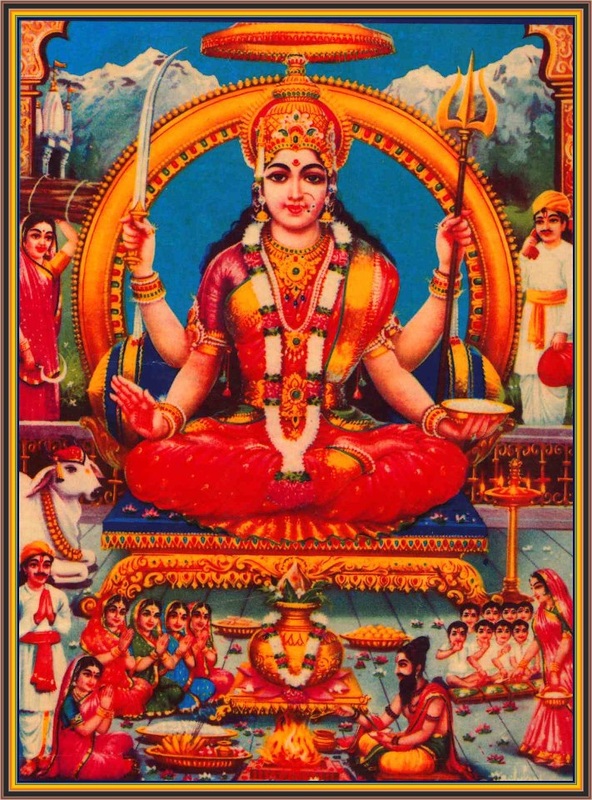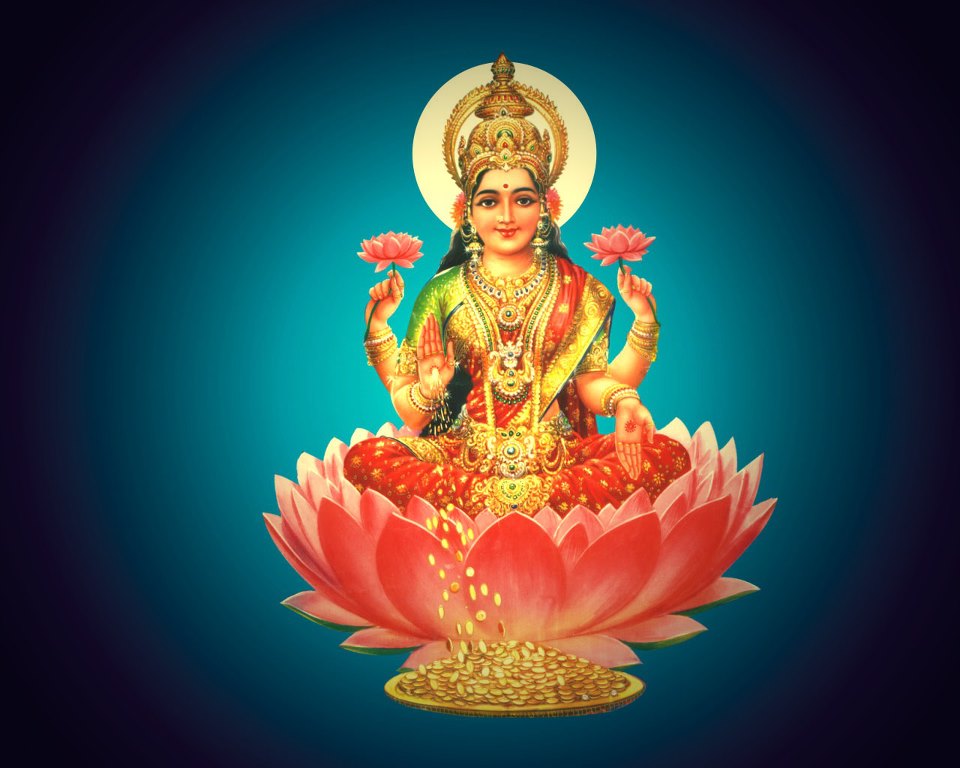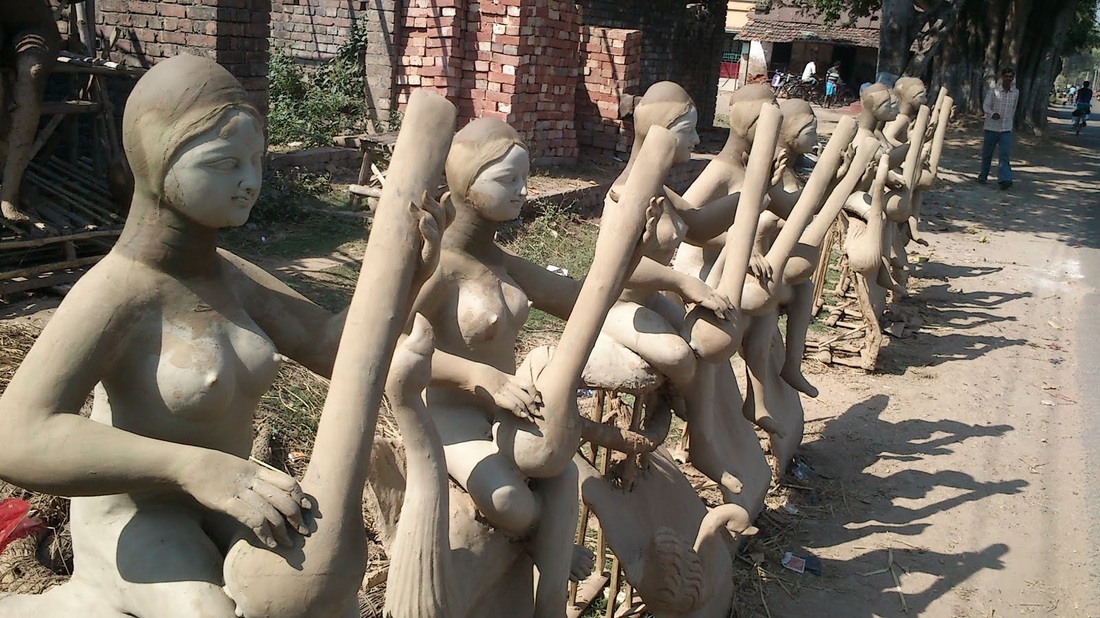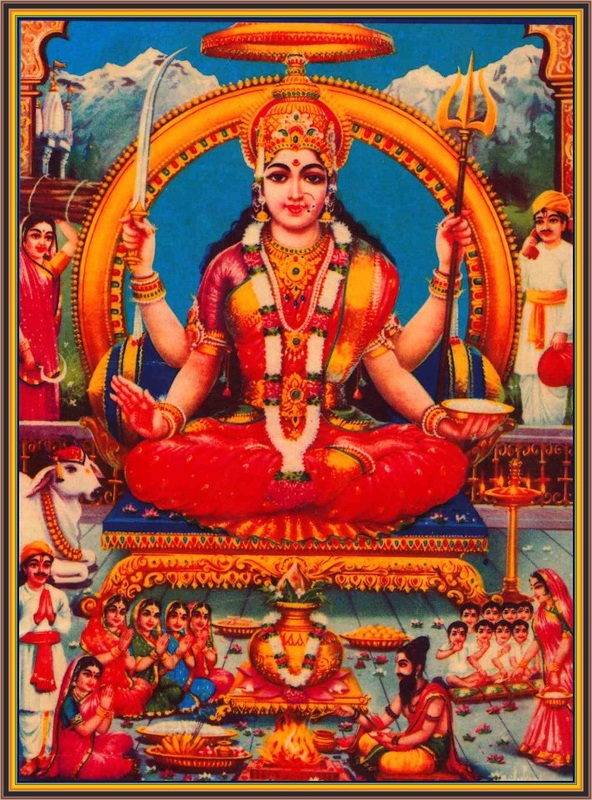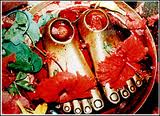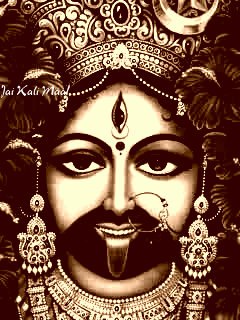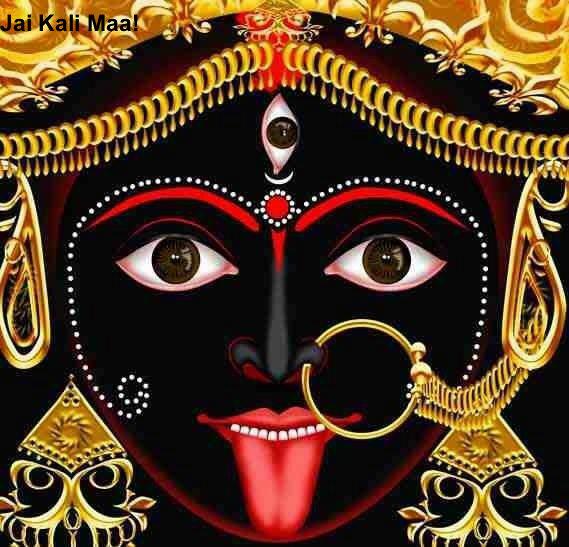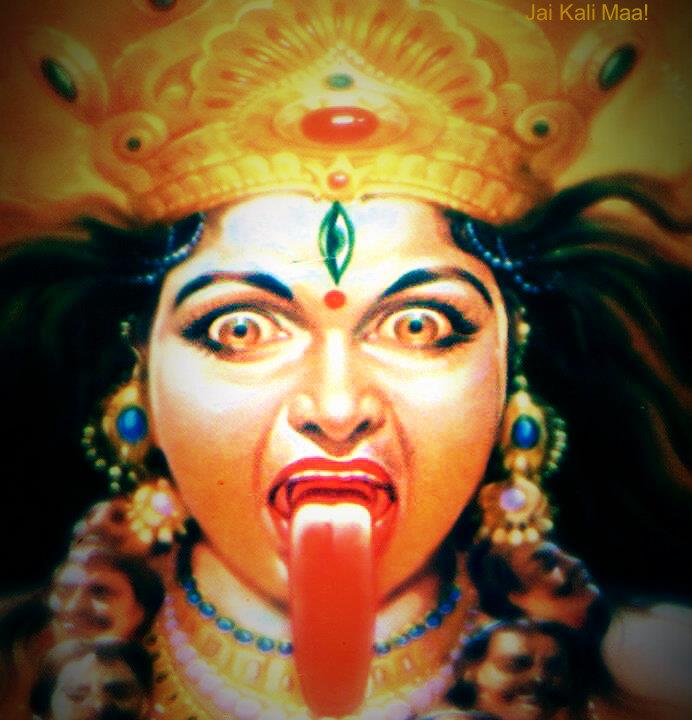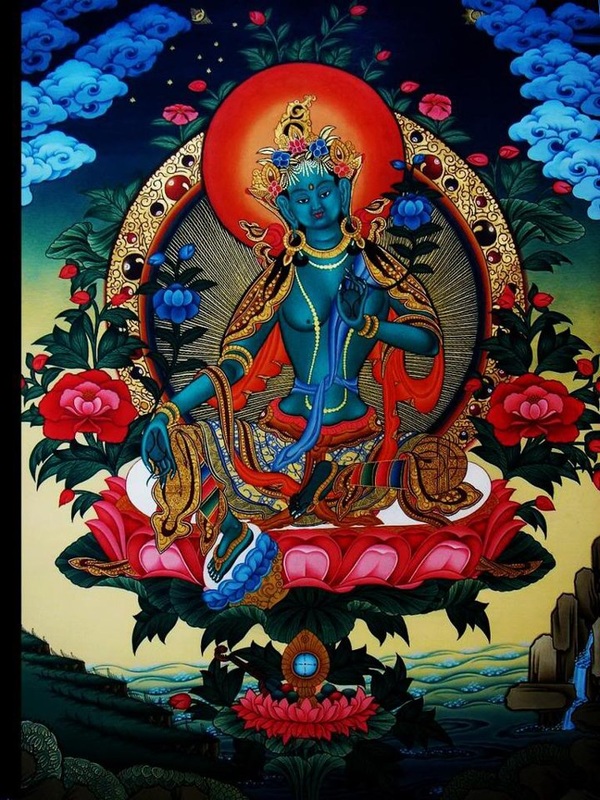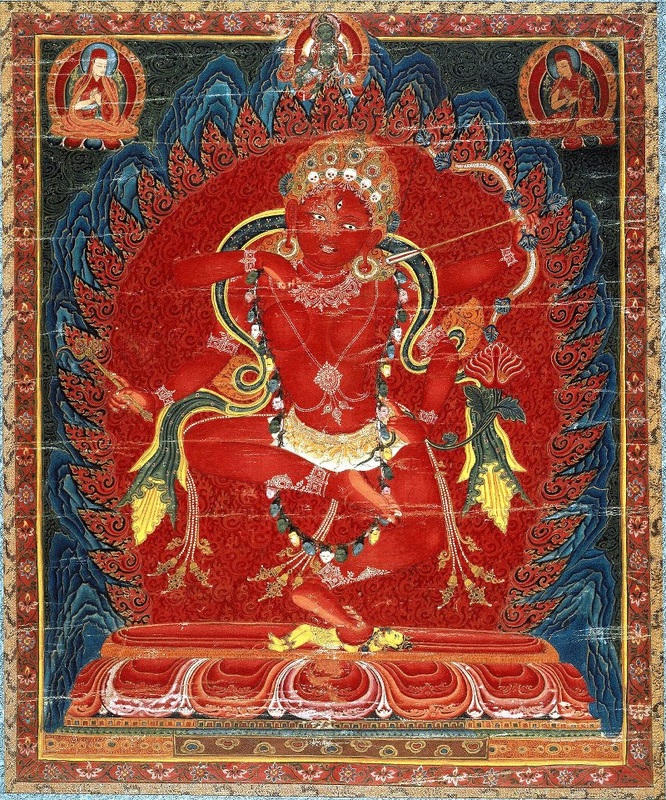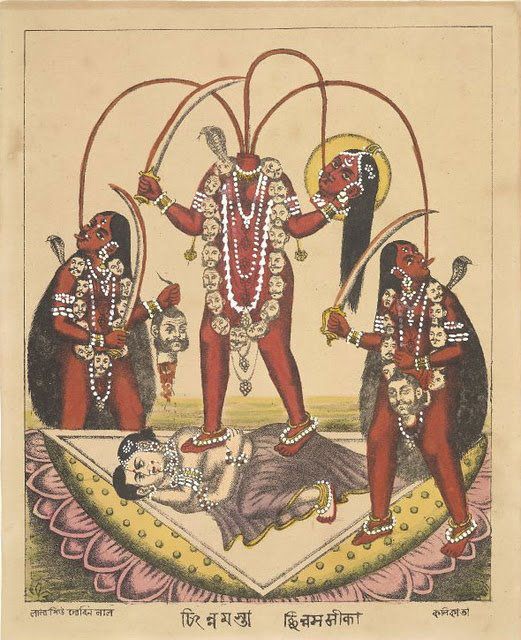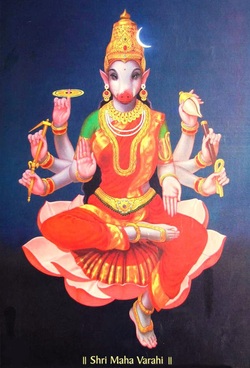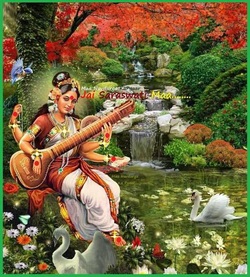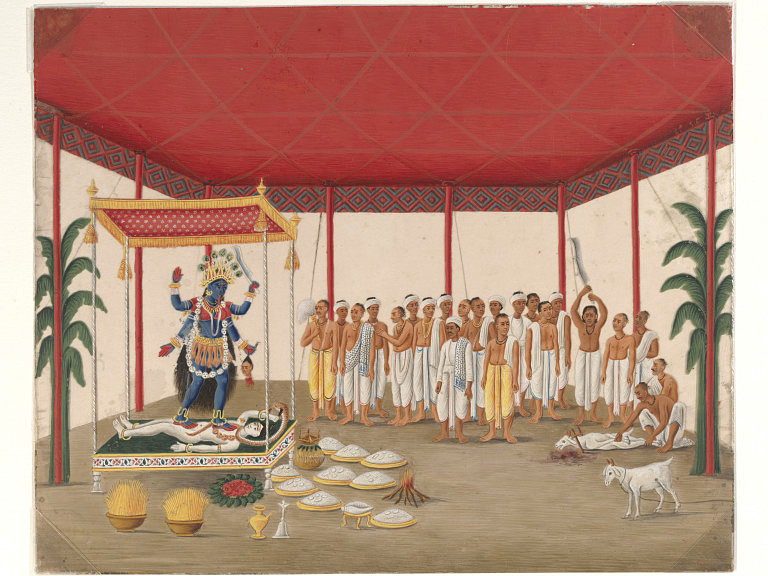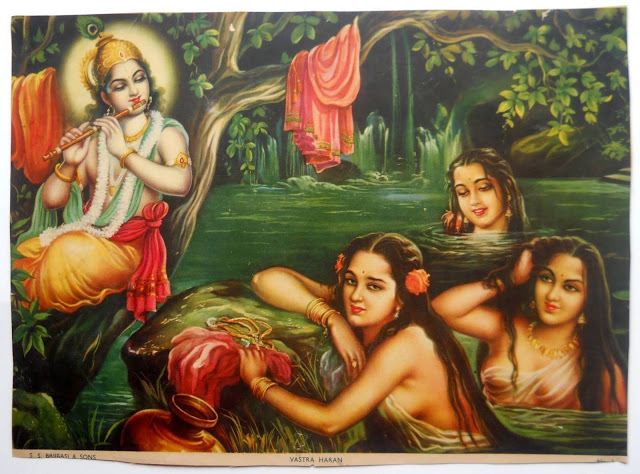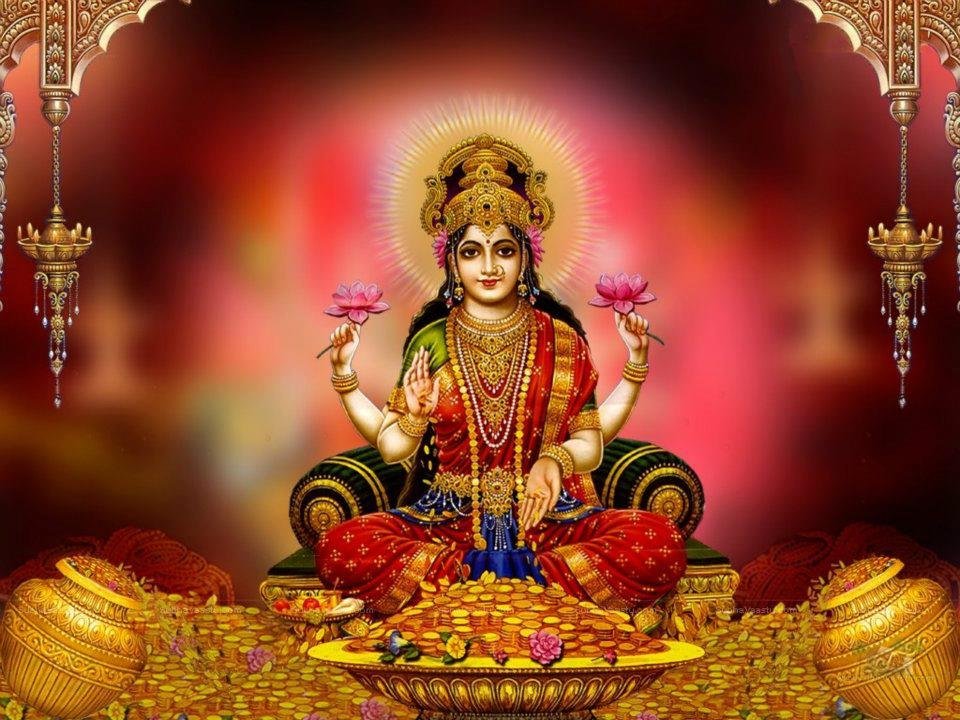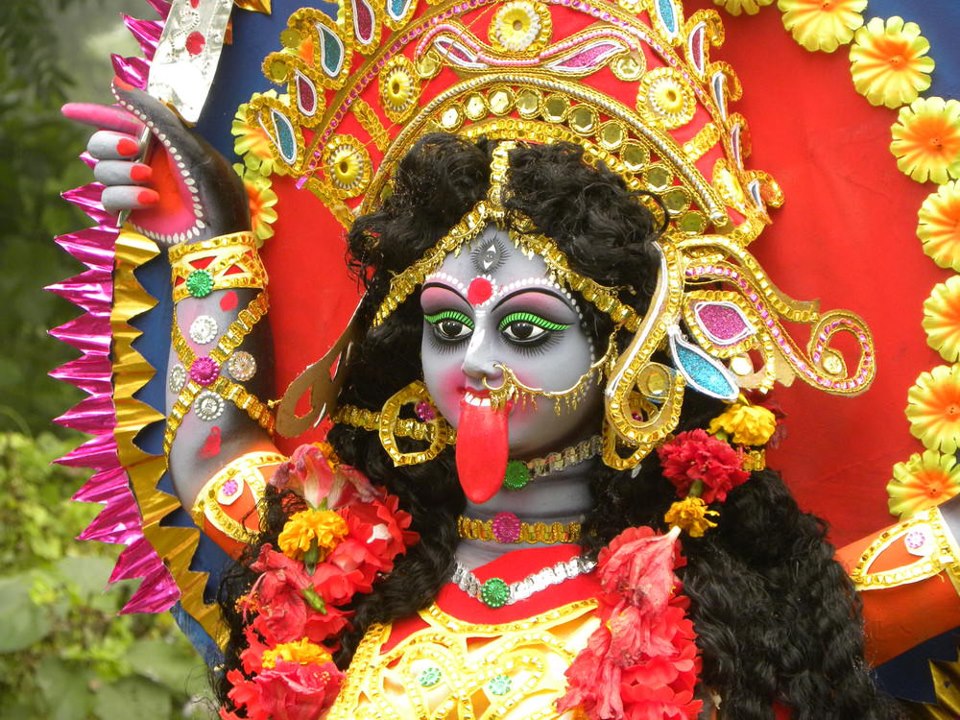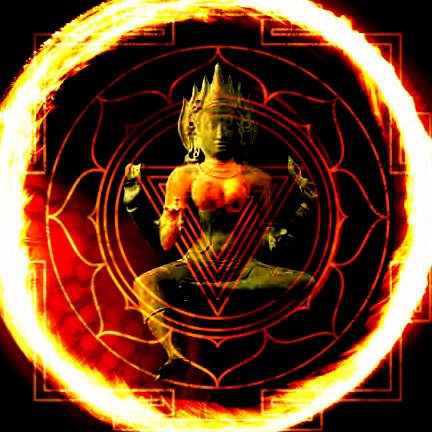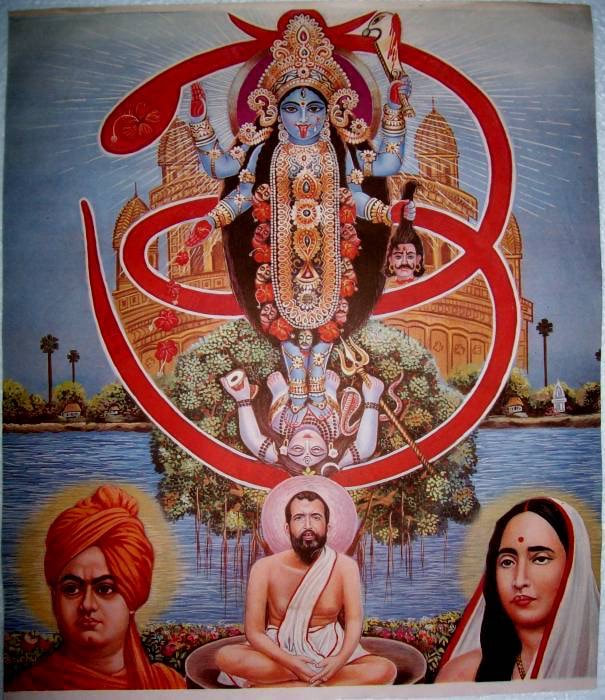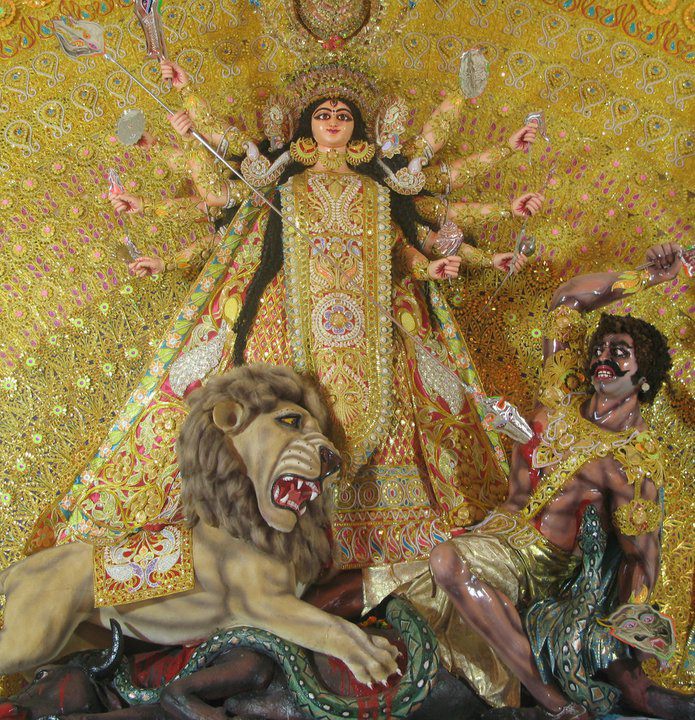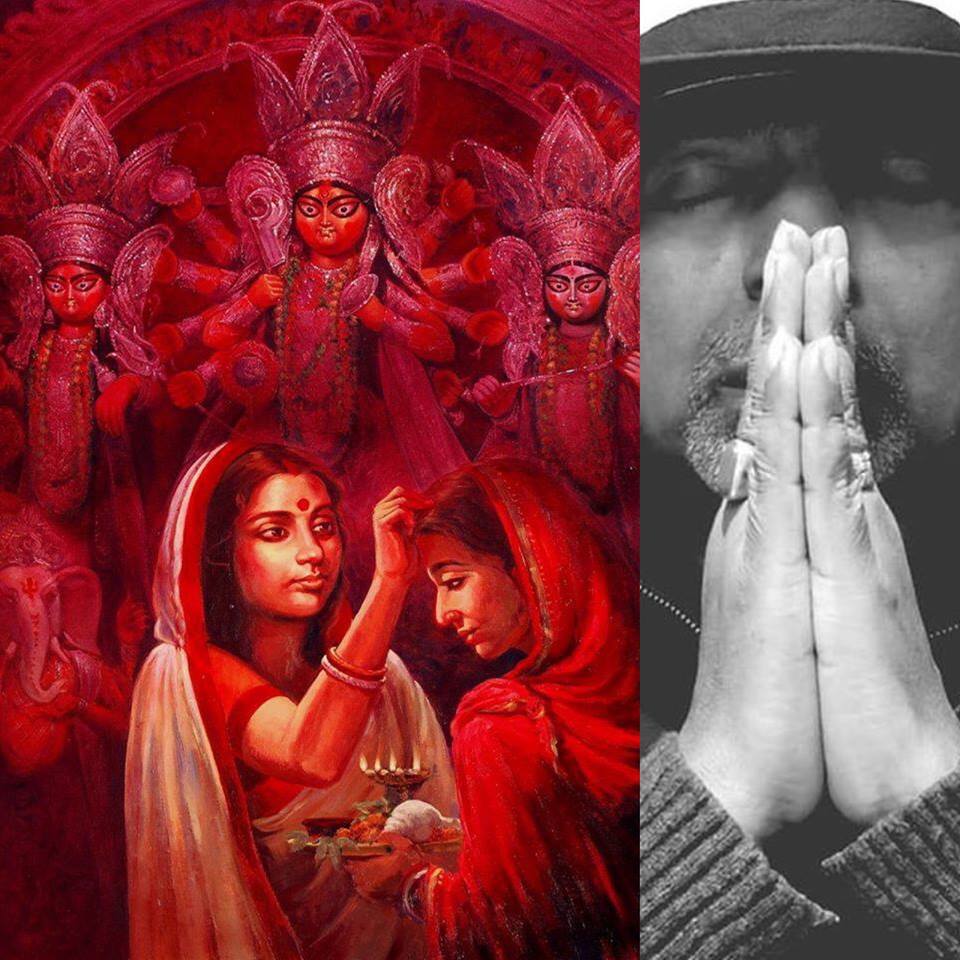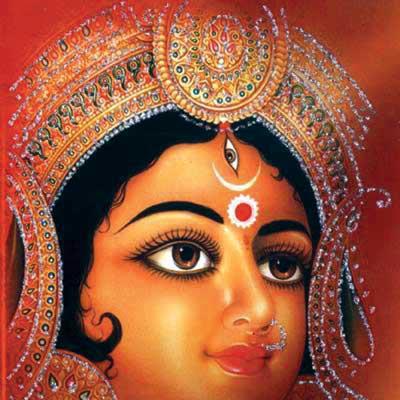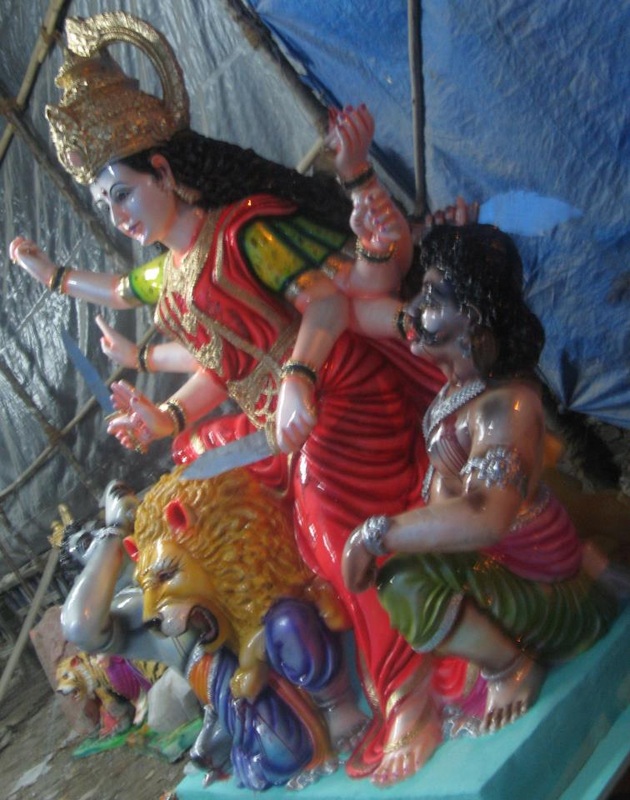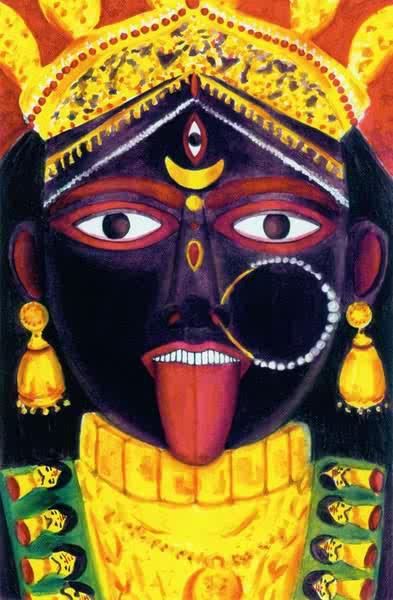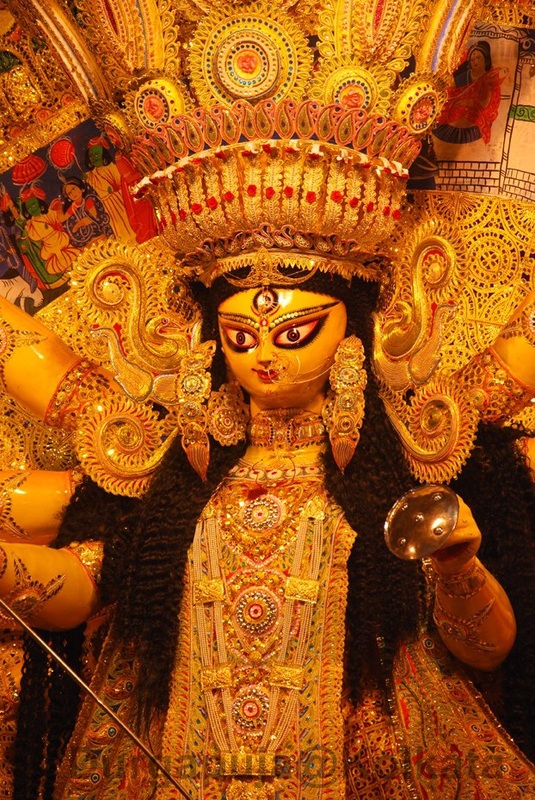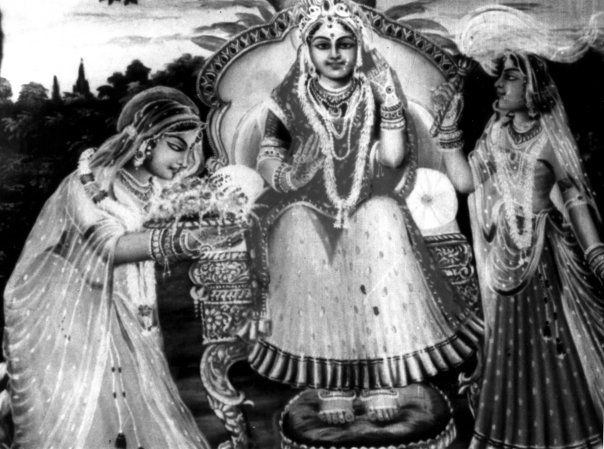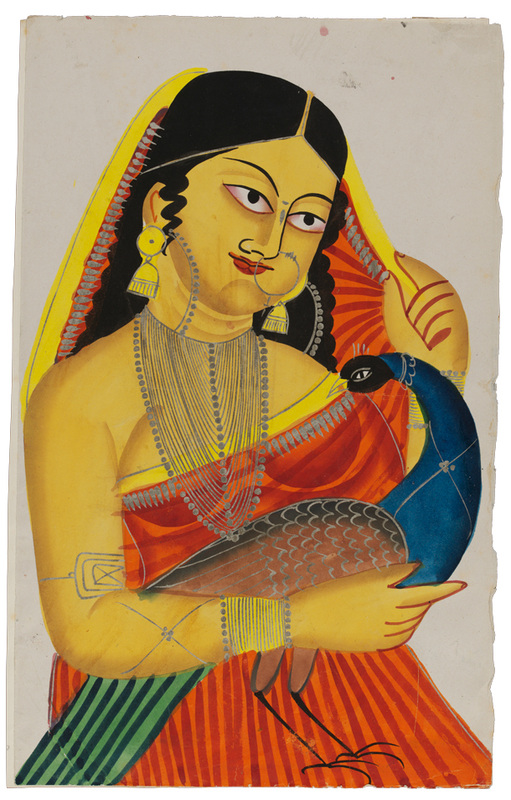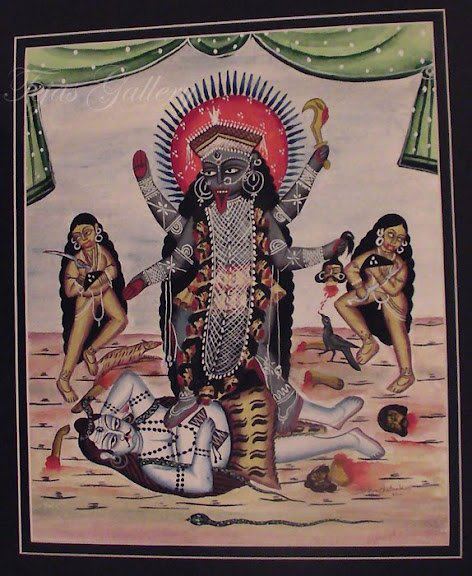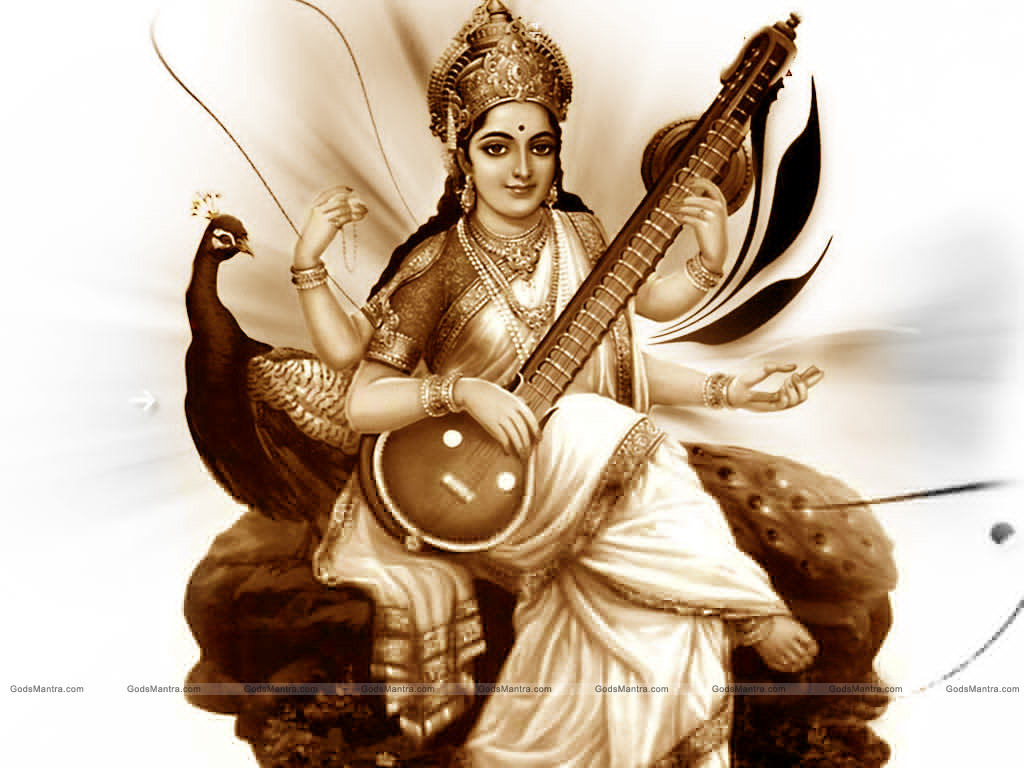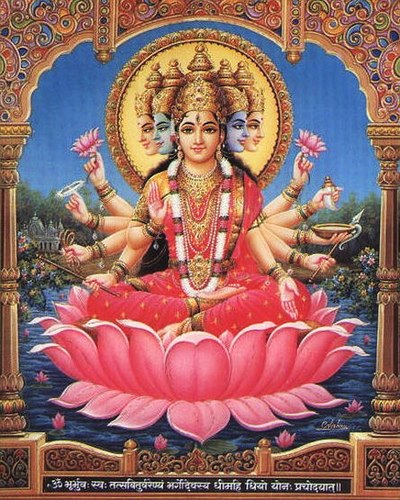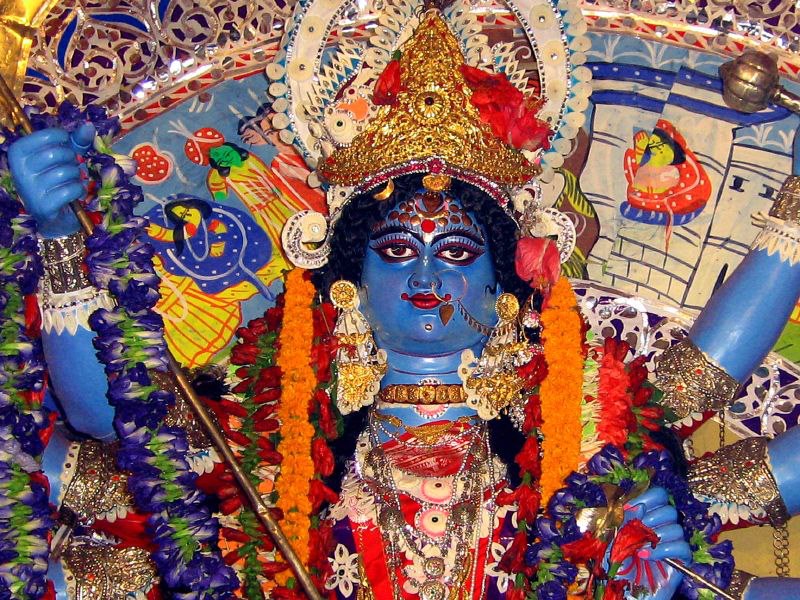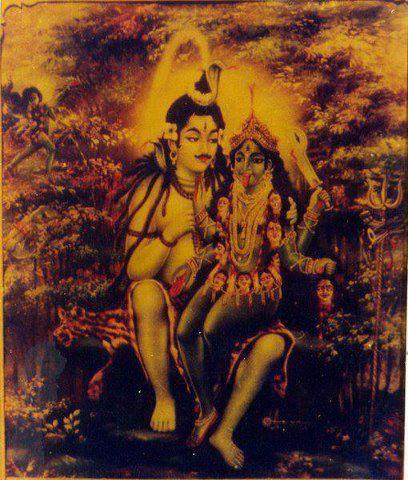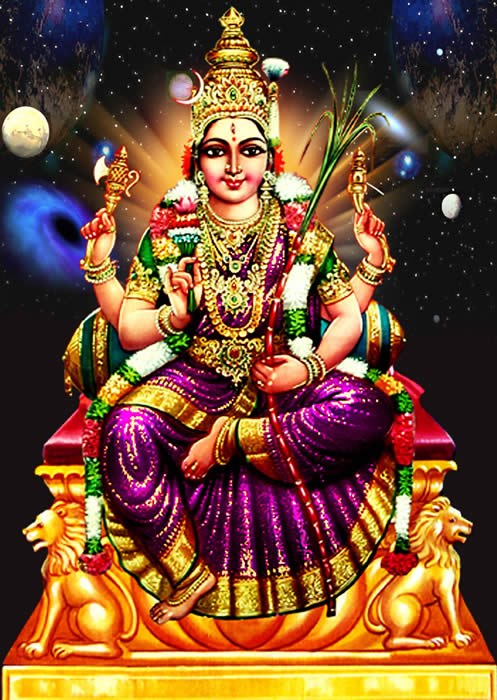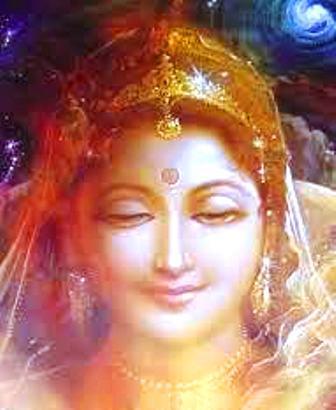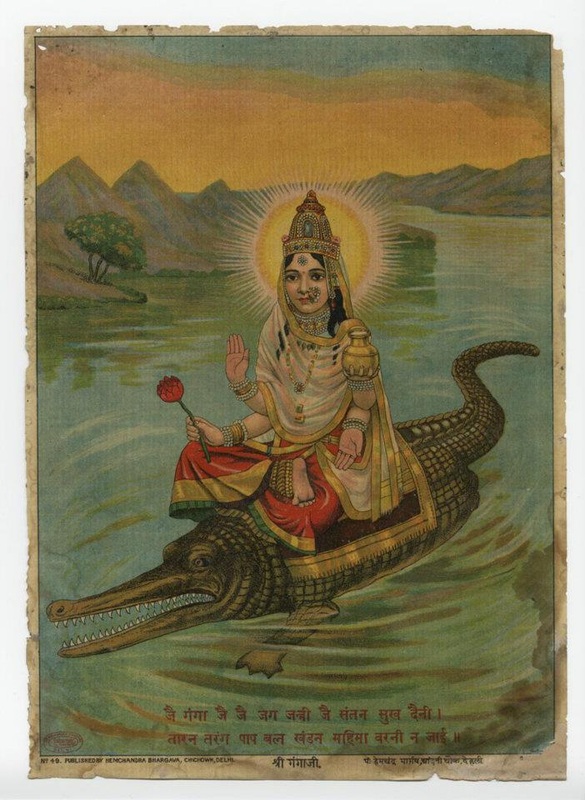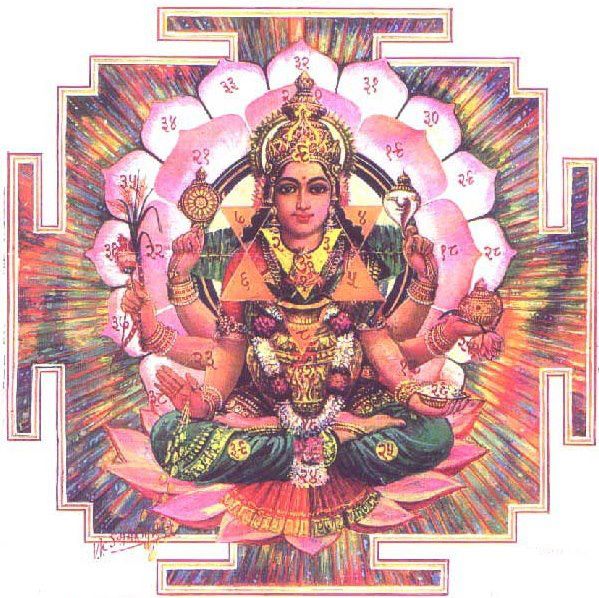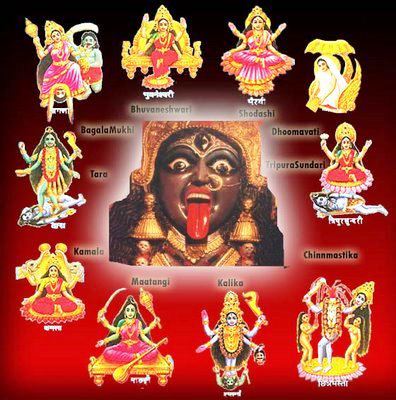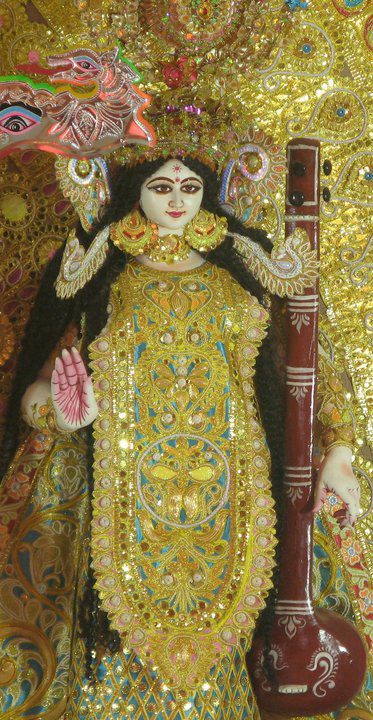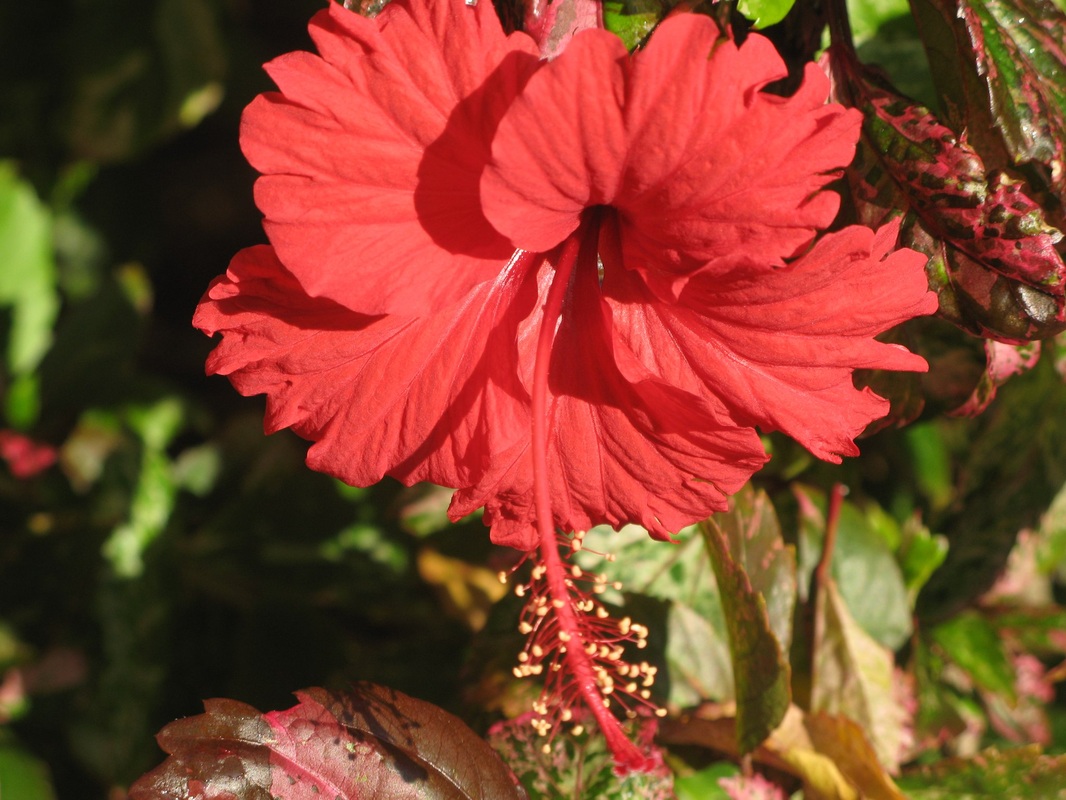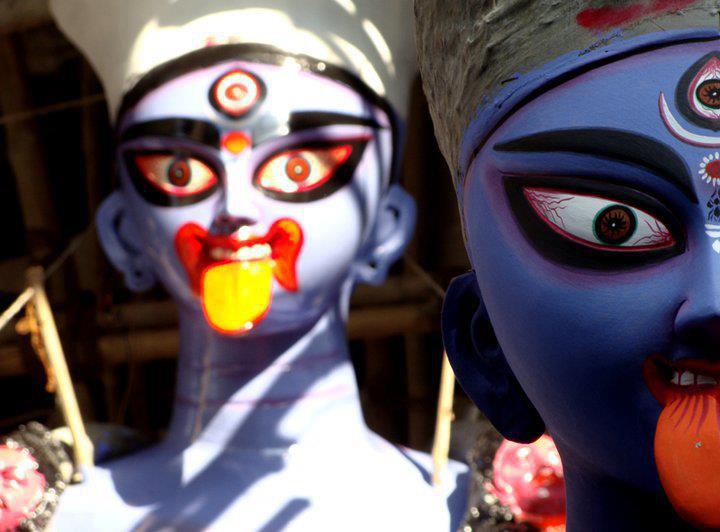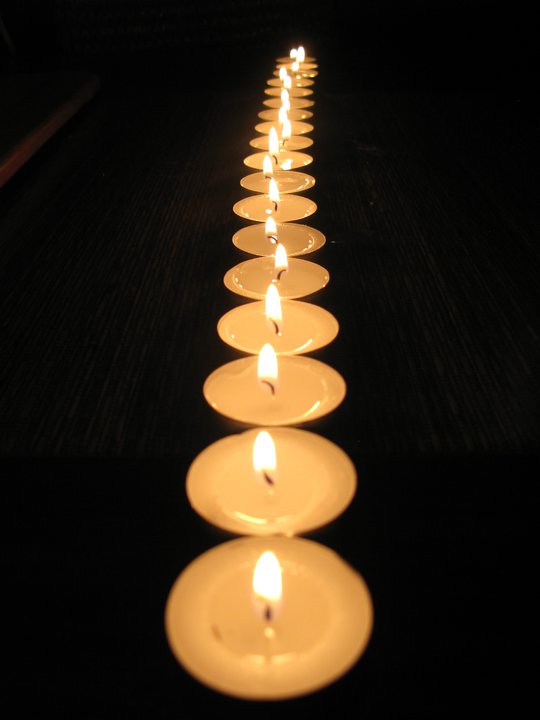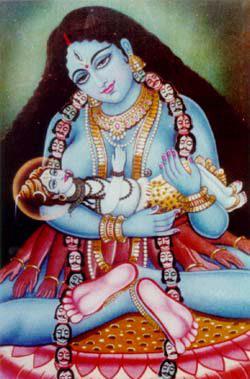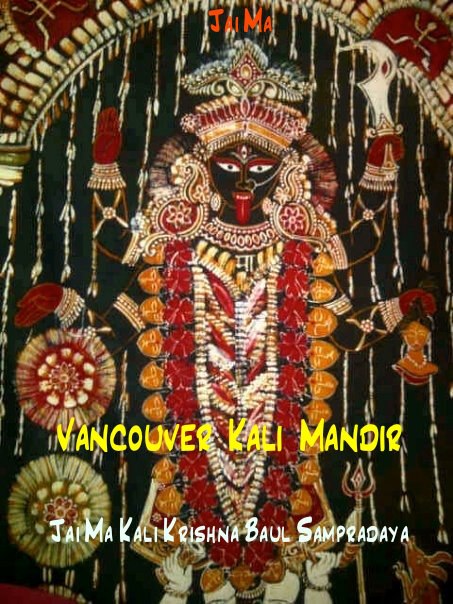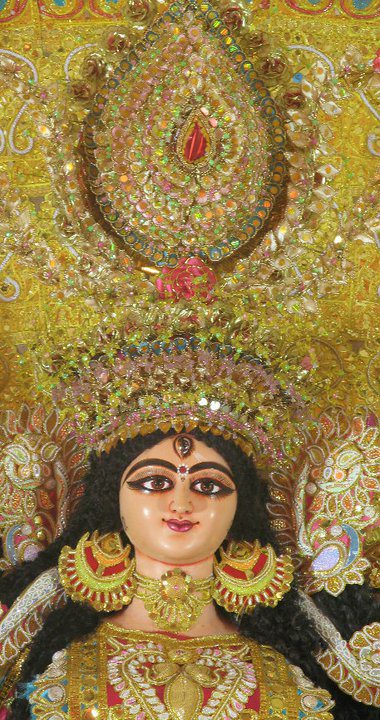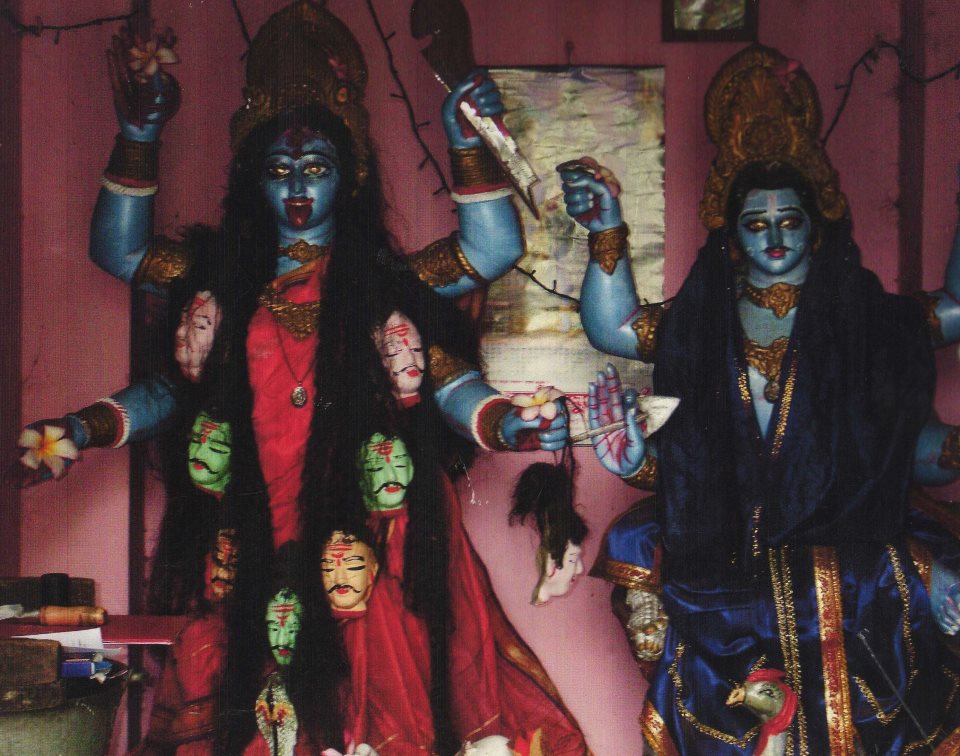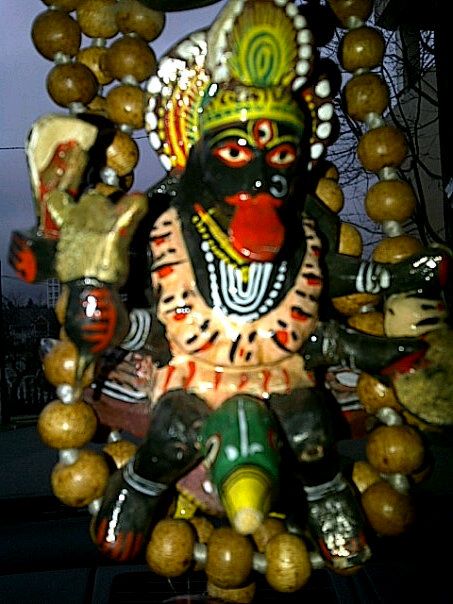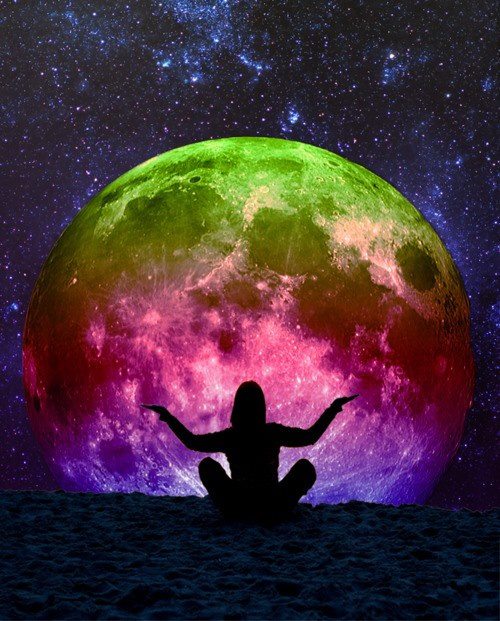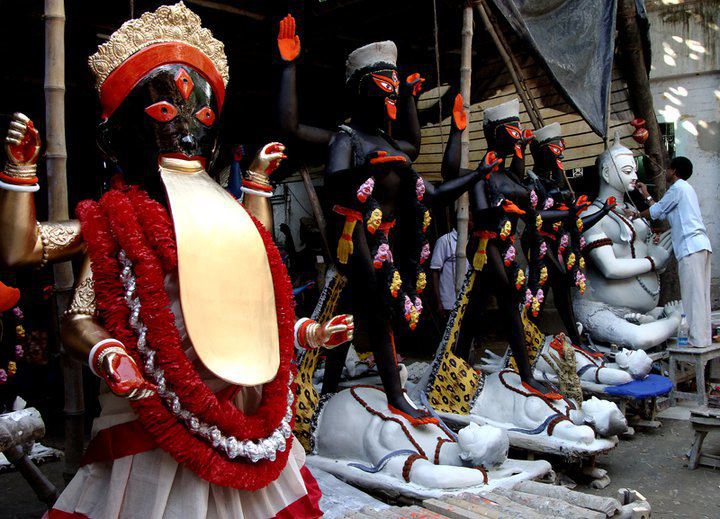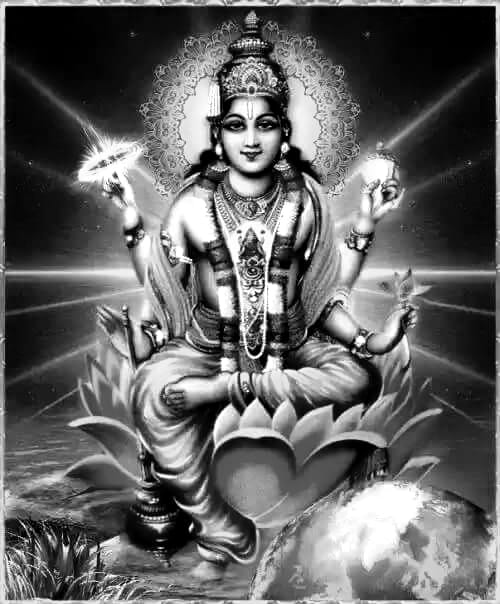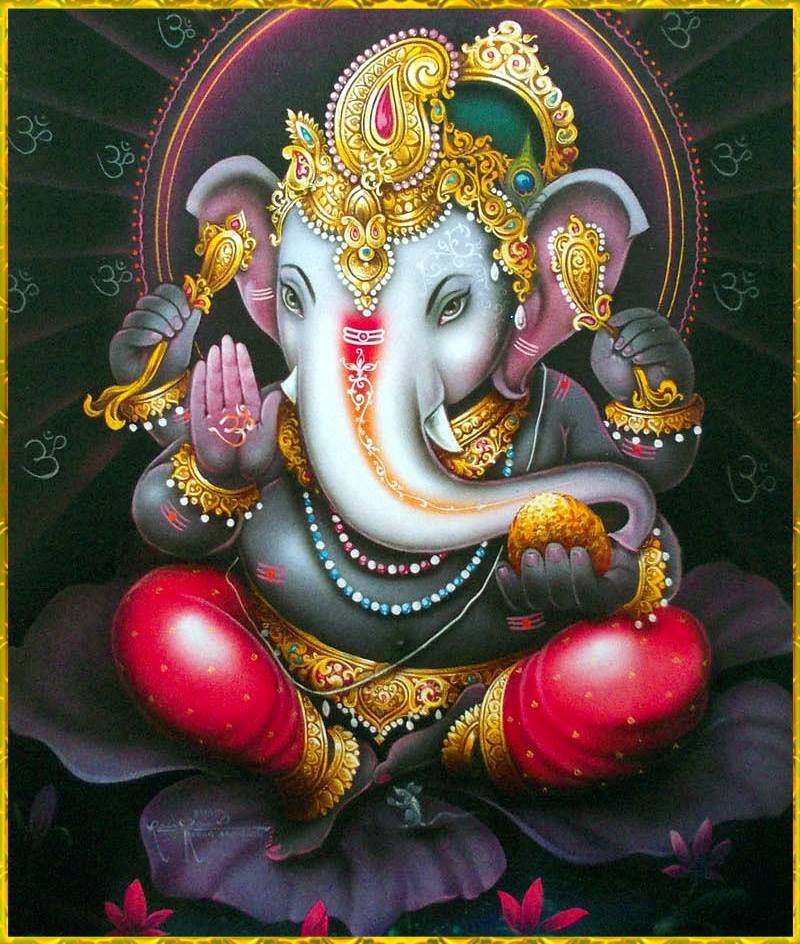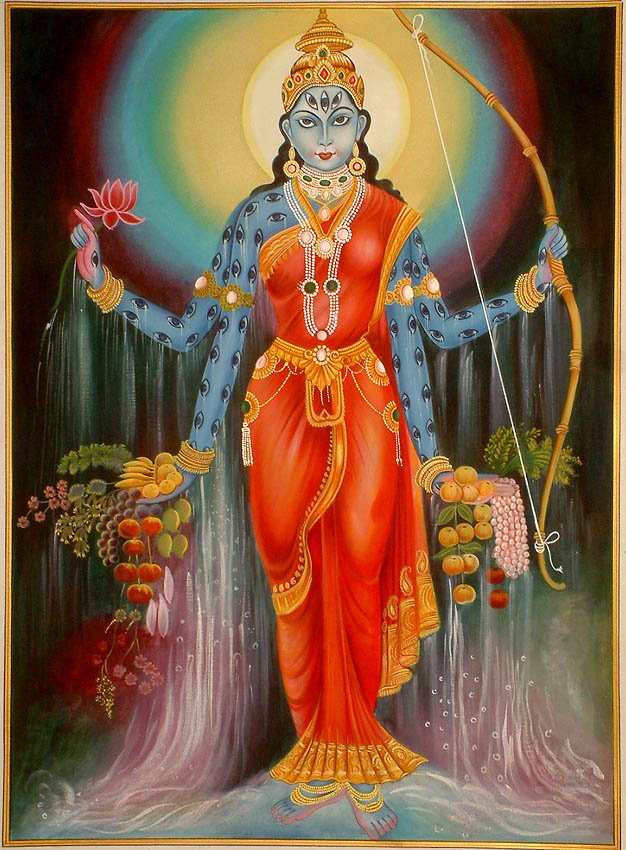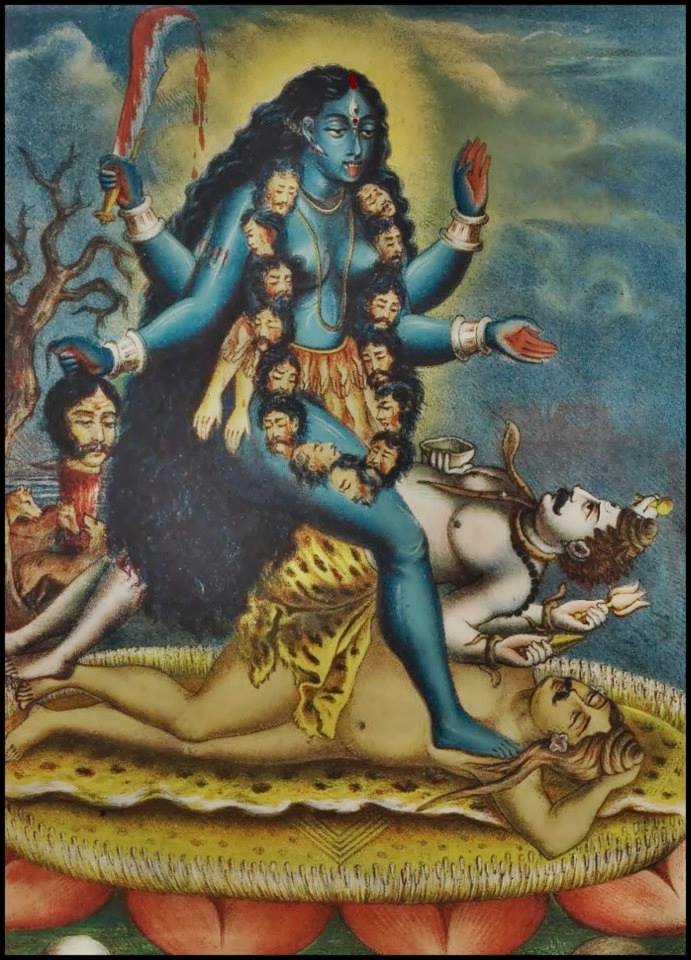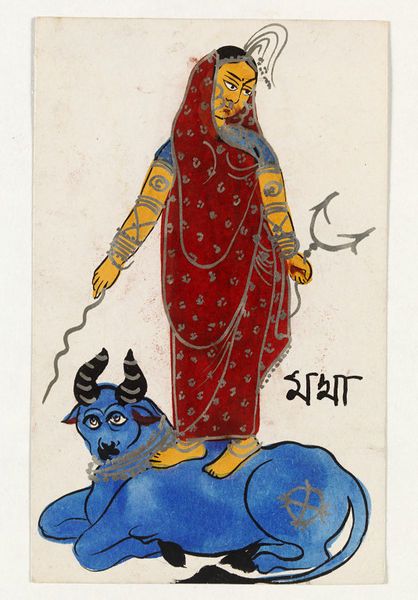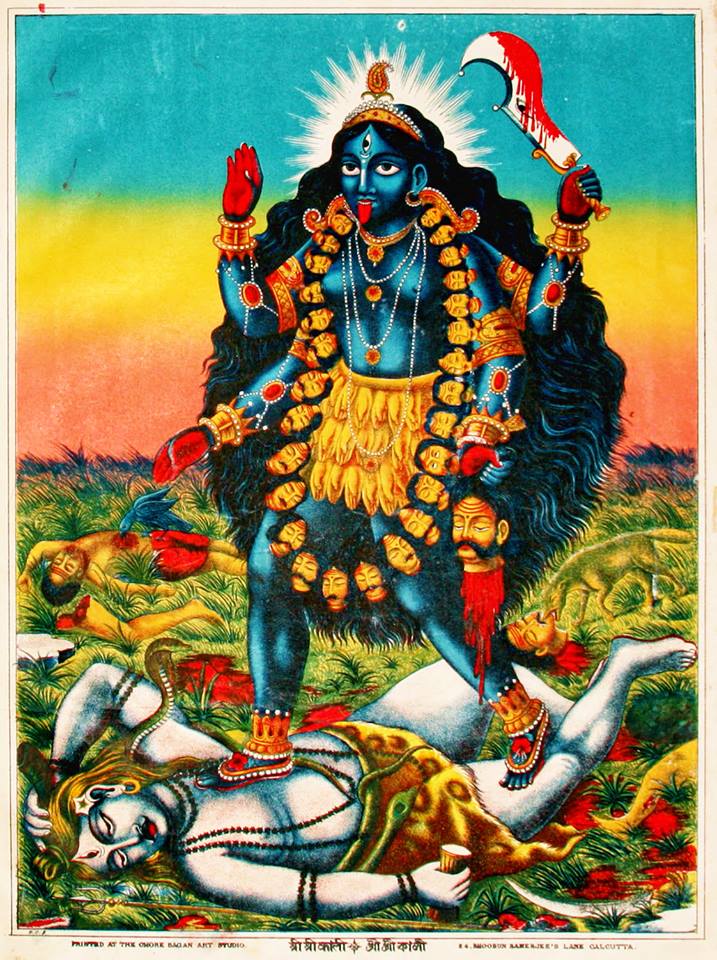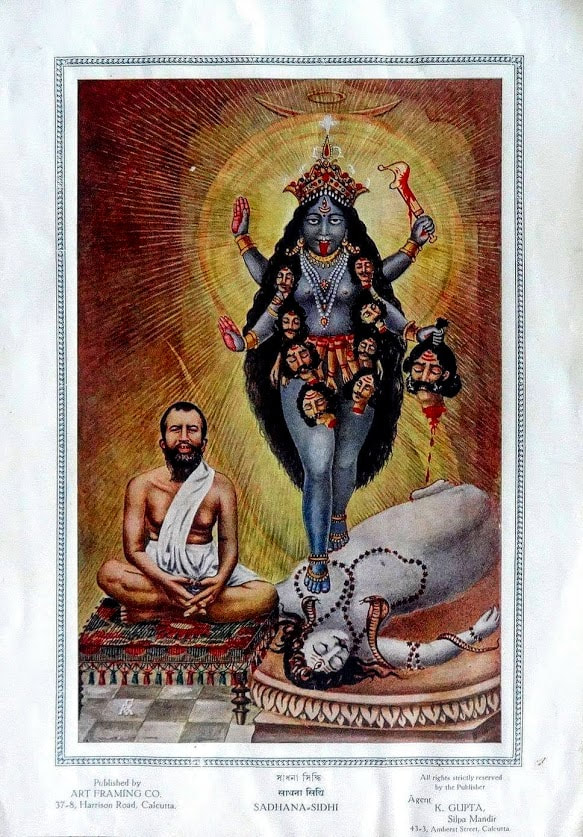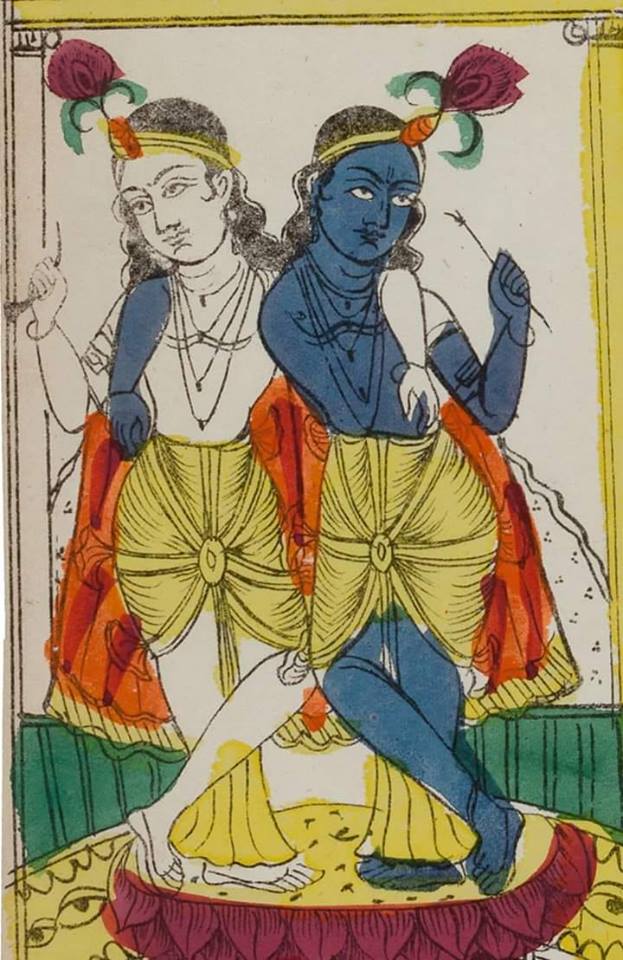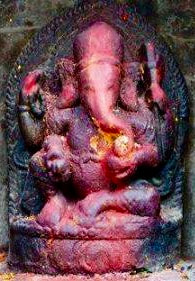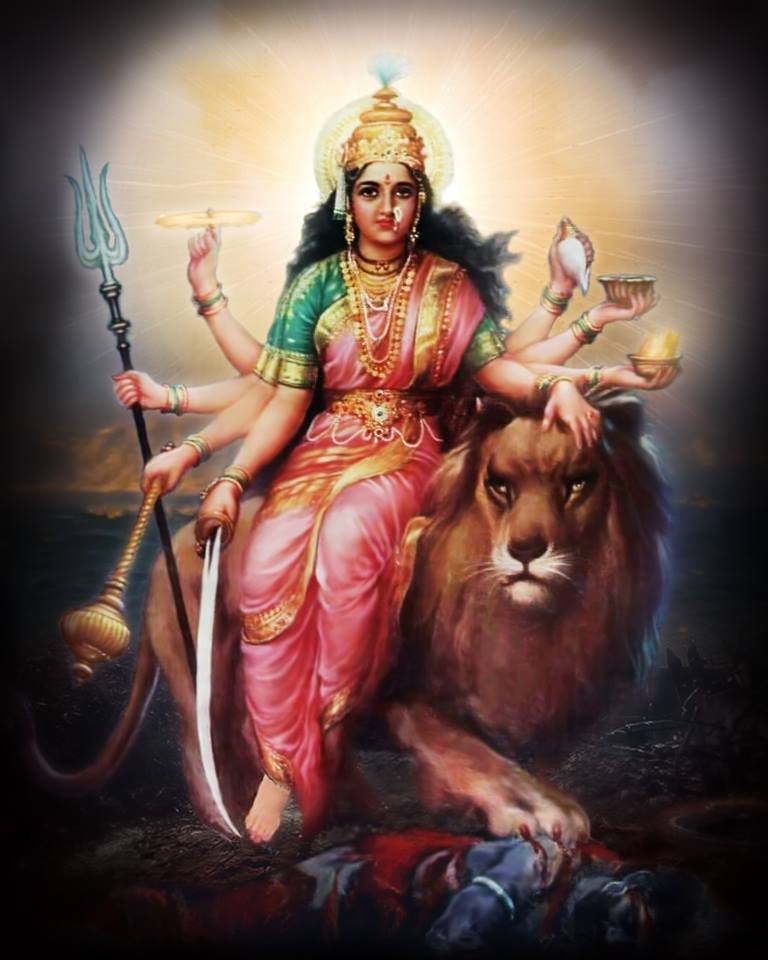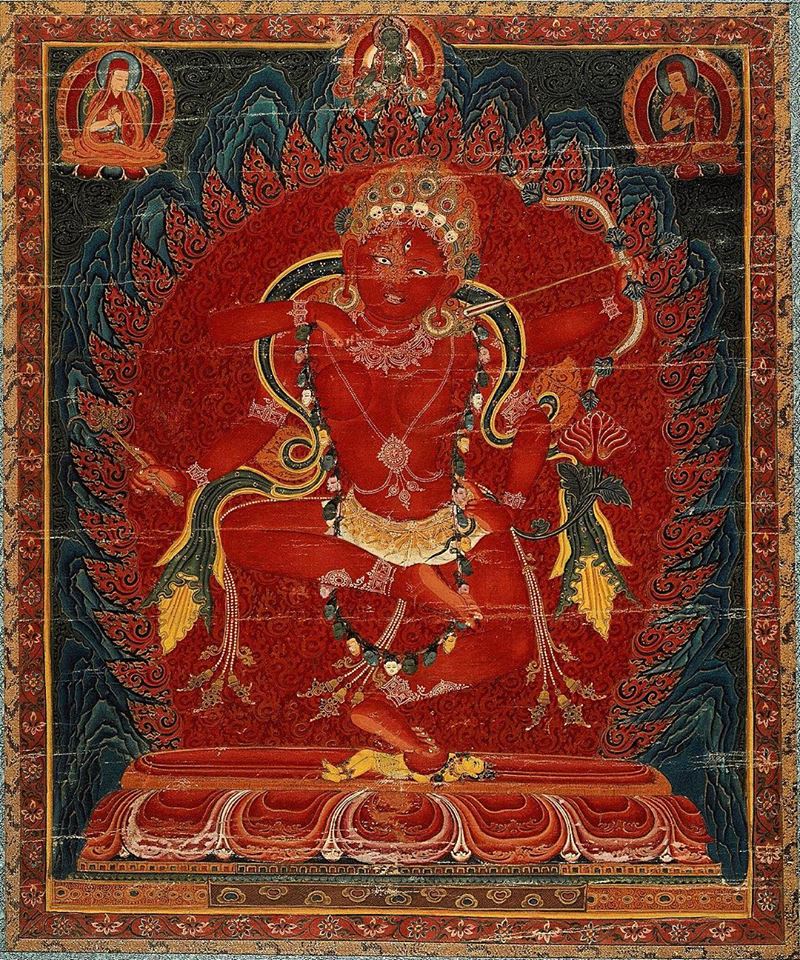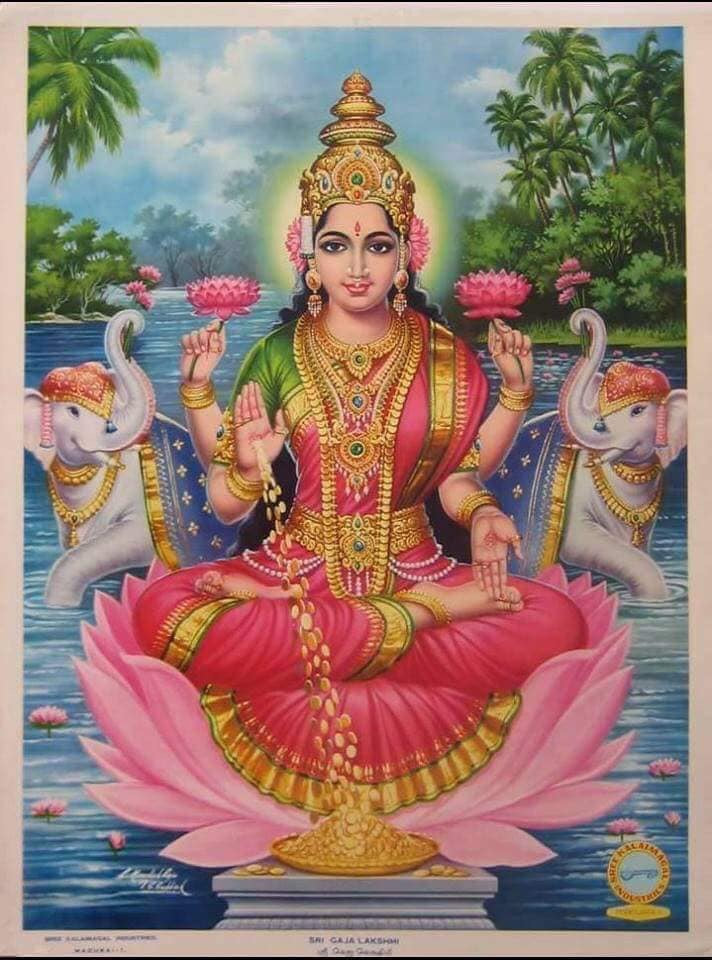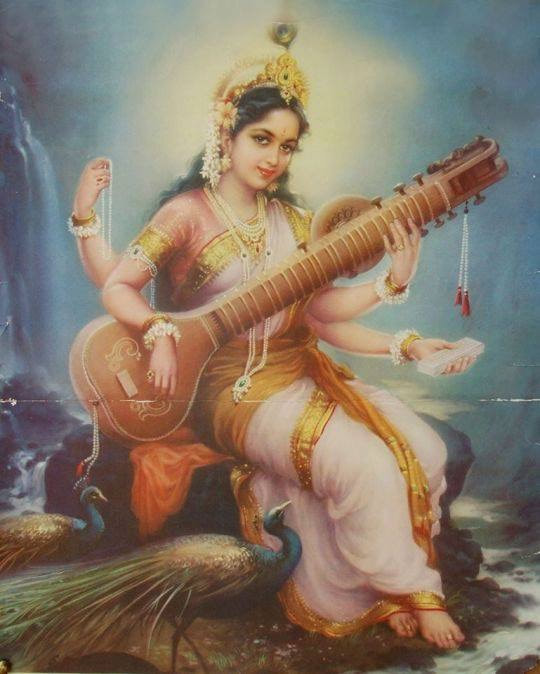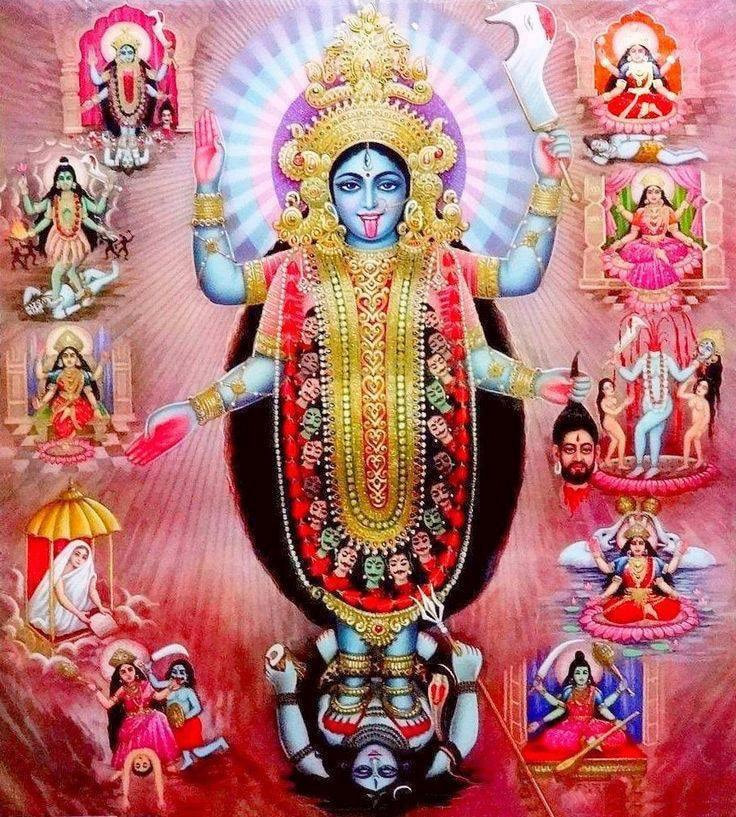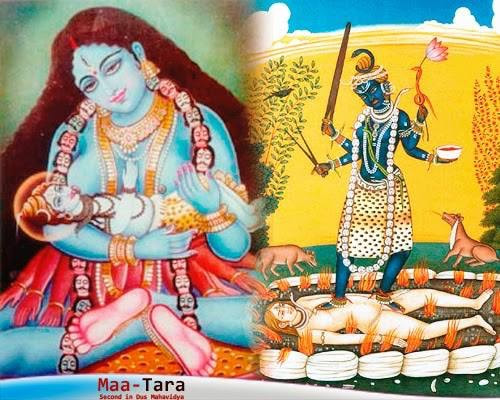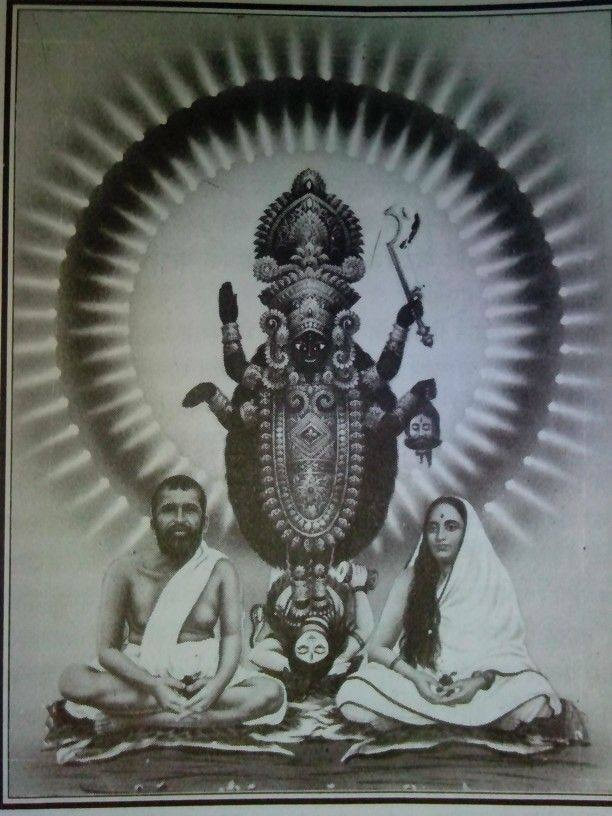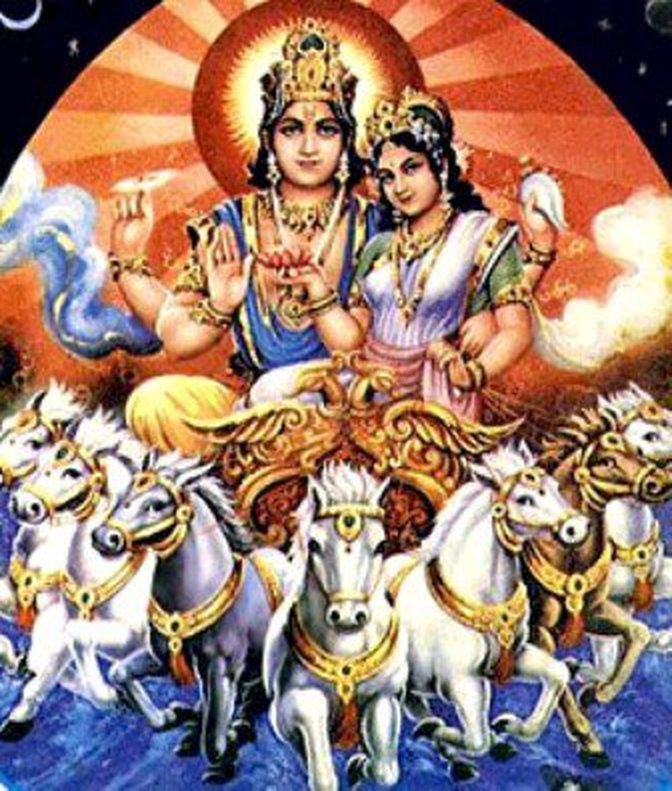
What does our own ‘shadow’ teach us? Chhaya means shade of shadow. Goddess Chhaya, as her name implies is the Goddess of Shadow. She is the consort of Lord Surya and the shadow-image of Surya’s first wife Saranyu also known as Sanjana. Sanjana abandoned Surya and replaced herself as Chhaya. There hangs the immortal tale of Surya’s wives.
VISHNU PURANA:
This Purana states that Vishwakarma deprived the Sun of an eighth part of his original brilliance. Why? Vishvakarma’s daughter, Sanjana was married to Surya. After bearing him three children, she found his brilliance too oppressive. The heat was unbearable and she could not intimate him. She transformed into a shadow, Chhaya to take her place and left for the forest. Chhaya did not disclose her identity and Surya did not notice the difference. He did not realize that Samjna had left. He took Chhaya to be his wife, and Surya .
Chhaya had two sons and two daughters from Surya. The sons were Savarni Manu, the progenitor of mankind and the ruler of the Manvantara period; Shani-Saturn, the feared graha. Their daughters were Tapati and Vishti. Tapati or Tapti is the personification of the river Tapti. The second daughter Vishti, does not get mentined very much in the Puranas.
Now, like all step-mother stories, Chhaya was clearly fond of her own children. Somewhere along the line, Samjna's children get neglected. This did not bother Vaivasvata Manu too much. As the eldest of Surya’s children he was more collected and balanced. However, Yama resented Chhaya’s favouritism of Chhaya's. One day, in a fit of petulance, he raised his foot to kick Chhaya. Retaliating, Chhaya cursed Yama. I curse you that your foot may be devoured by worms, she said. May it be infected with pus and blood. The curse started to take effect. This alarmed Yama and he rushed to his father. My mother has cursed me, he told Surya. I am only a child. Even if I did commit a sin, does a mother ever curse her children? I have serious suspicion that she is not our mother at all.
This brought a shock to Surya, for a mother’s curse would not affect her children. When Surya presented Chhaya with this, she came out with the truth and Surya learnt that Samjna had left. He drove Chhaya away and went in search of Sanjana. He goes to father-in-law, Vishvakarma to find out if he knew anything of Chhaya's whereabouts. Indeed, I do, replied Vishvakarma. When Samjna left your house, she came to me in the form of a mare. But I refused to let her live in my house, since she had left her husband's house without seeking his permission. She is living at the moment in the desert.
Surya’ relentlessly searched Sanjaya. He found her in the forest in the form of a Mare. There was no way he could approach her in the present form. So he transformed himself into a stallion. There, in the forest environment, the stallion and the mare get attracted to each other. In the passionate moments they make love. Nature was full of divine bliss of their yoga. It brought realization to both Surya and Chhaya. After a lapse of time, Surya revealed himself. They both then transformed to their original status and returned home.
The legend goes on that, Vishwakarma, to avoid a repetition of the constructive dessertion incident, deprived the Sun of one eighth part of his brilliance. “But Sanjana did what she did because she could not bear to stand your energy and radiance. If you permit, I shall shave off some of the excess energy, so that people can look at you” he said. Surya’s heat was reduced, thus enabling Sanjana to intimate Surya and be close with him at all times. Vishvakarma, used the chipped of parts for developing the discus of Vishnu, the trident of Shiva, and the lance of Kartikeya.
SURYA:
Since the dawn of civilization, both human and animal life have been dependent on the creative and destructive powers of of the Sun God. Man therefore showed great reverence. Spiritually the Sun played the symbolic role of the male, with Mother Earth as the female receiving the seed, nourishing and nurturing growth. The Sun’s importance is reflected in all Vedic hymns such as Rig Veda. Some hymns of the Rig Veda indicate that he is the only god. The musical lines of the Sama and Yajur Vedas personify the flaming deity. Worship of the Sun is very ancient; several religions had their origin in Sun-worship.
In the Hindu way of life, the Sun is present in all the Vedic hymns. The solar orb signifies the hymns of the Rig Veda, and Vedic Aryans loved the brighter side of life and the Sun with his dazzling light formed an important object of worship. He is described as the giver of all life on the earth, and the upholder of Dharma. He is ever traveling in his chariot keeping a vigilant eye on the good and bad deeds of mortals and celestials alike. In one place in the Rig Veda, Surya is mentioned as Savitri, wife of the moon. This is an exception, as generally, the Sun is considered a male deity.
Vedic Sun is also translated as three bodied, the Trinity is also traced to the Sun. He has triple capacity for "producing forms by his heat, preserving them by his light, or destroying them by his concentrated force of heat. In the Puranas, the Sun is mentioned as Aditya, son of the sage Kasyapa and Aditi.
VEDAS:
The Rig Veda contains the earliest narrative about the Chhaya prototype. Here, after the birth of twins from Vivasvan-Surya, Saranyu . Vishvakarma’s daughter, abandons him and flew away in form of a mare. Saranyu is replaced by ‘Savarna’ which means ‘same-kind.’ The difference between the Vedas and the Puranas is this: In the Puranas, Chhaya is the shadow of Sanjana; in the Rigveda Savarna is the ‘same kind’ as Saranyu but mortal.
Originally Rig Veda makes no mention of Surya’s children. So Savarna is made to have no children from Surya. But later, sage Yaksa, in his ‘Nikuta’, a 500 BCE addition, says Manu, referred to as Savarni Manu, was born to Savarna. The later Puranas also state Manu to be the progenitor of mankind. Then while the original text says Savarna substituted Saranyu, the Nikuta states that Saranyu created Savarna and substituted her. In the Vedic version, therefore, is an implication that the gods played a role in the substitution while the later Puranas place Saranya in the maker position. There is also the ‘Sadrisha’ the look alike woman in the likes of Saranyu. Sadrisha is to have begot Manu by Surya.
Puranic legends carry the proto-types in various roles and stories. She was Samjana in one Yuga, then Chaya and in the present Kali yuga. Another legend has it that Chhaya, the mare did intense penances in the forest till the stallion turns up as answer to her prayers. She appears as the fierce Mother goddess Kali.
Of the Sun, the Mahabaratha states "The Sun is the gateway to the path of the gods". Taittiriya Upanishad: “He who dwells in man and who dwells in the sun is one". Chandogya Upanishad: “The sun thus represents the supreme Principle, first non-manifest, then manifest".
CONCEPT OF SHADOW:
Shadow is the part of us that we fail to ‘see or know’ or even try to disown sometimes. Are we responsible for our shadows and what does it tell us about Doership and Non-Doership – who is really responsible for one’s shadow? The one from light is only the external manifestation of shadow. We drag a shadow throughout our life and despite all efforts it cannot be disowned. To acknowledge the shadow and to integrate is to become whole.
The shadow is often the animal part of man. Greed, arrogance, violence, human flaws and frailties; krodha-anger, his prejudices and taboos; excessive sexuality, hero-worship, blind faith etc are projections of the disinherited divinity. But man is given to see the projection of another’s shadow while his or her own fall behind conveniently. Man tries not to acknowledge is his or her shadow, his trade-mark that follows him perennially. Hidden demons are not lost or vanquished; suppressed shadows also wait to lurk at the opportune moment.
Metaphysically, one’s shadow is his or her unconscious projection of himself. We try to project it on others also, for example one spouse projects his or her shadow on the other; or parents on their children, even pets. But in life’s game, one can fight by not only refusing another’s shadow, but fight his own. Even if it is unavoidable, it can be devalued and disowned metaphorically. Can one’s shadow be integrated? “Erumburra kallum theyum” is a Tamil cliché. It means even an ant can pave a way through a rock by constancy of effort. Technically, it means ‘eating up the shadow’ over time; make holes by eating into habits pertaining to the pancha-indriyas. In the end one has more holes in sour tasting cheese. There would be more energy that becomes constructive when you acknowledge your own shadow and accelerate eating it up.
What does Chhaya’s story tell us. Shadow has been an integral part of Sanjaya which she acknowledges. She uses it for her benefit. She did not chose to ignore it but determined what will become of it when it is acknowledged and embraced. The shadow was not hidden in her as maya but the part in her, the little piece of herself that may grow into jnana. She becomes the shadow-Chhaya to kill it. That is a tough inner resolve and determination to take up the challenge leaving her husband and children, a temporary giving up of sankalpa.
She does not transform herself into a human maiden with complexities of karya-karana-sanghata, the body mind complex. Chhaya transforms into an innocent mare and lands in the more peaceful, the more blissful Prithvi, the nature clad forest. She is the female together with Mother Earth to receive the seed, nourishing and nurturing growth. Spiritually the Sun plays the symbolic role of the male but how will there be Yoga between a Vedic being and an immortal horse? So he transforms into stallion, a point to emphasizing the need for change in attitude and mentality. The mare and stallion make love with and in nature to seek inner tranquility. There is no need to discuss Tantra here....
Change is the law of life states the Gita. Yoga is not just the end; it starts with the preparatory stage. This is not washing legs by the lake-side but a commitment to drown completely in the effort. There was then the physical union between the stallion and the mare; the spiritual symbiosis and ultimate Yoga. In the story, it brought realization to both Surya and Sanjaya nee Chhaya.
This leads to further jnana. The guru comes in the form of Visvakarma to bring this jnana. He removes darkness symbolically by ‘removing brightness’. Surya agrees to chip off the part in him, the egoistic heat; the shadow within. Now, the ‘Master Architect’ of the world speaking in the name of Vishvakarma has one more lesson for us. The chipped part of the Sun, the chipped off ego is not part of the destructive forces. With buddhi it can also become constructive, for Visvakarma made three powerful tools – Shiva’s Trishula, Vishnu’s discus and Kartikeya’s lance.
In Hindu’s thoughts, therefore, the meeting and acknowledging one’s shadow is indeed the meeting with one’s Self. Its purpose is to provide the opposition and tension to develop a better inner resolve and determination and achieve clarity of mind. That is progression in the spiritual path to be in Yoga with God.
Hara Hara Mahadeva
Yogi Ananda Saraswathi
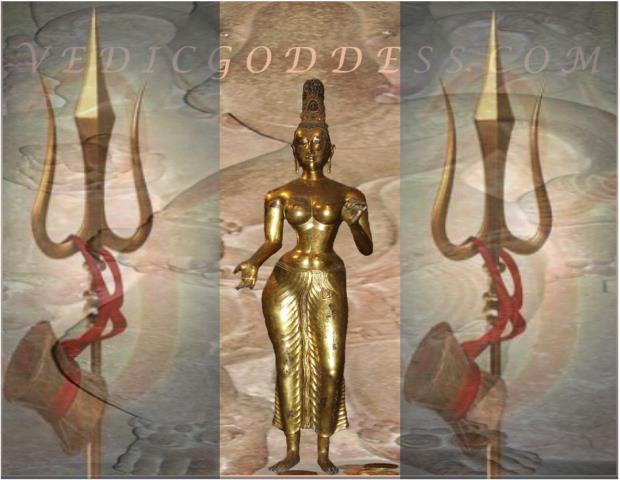
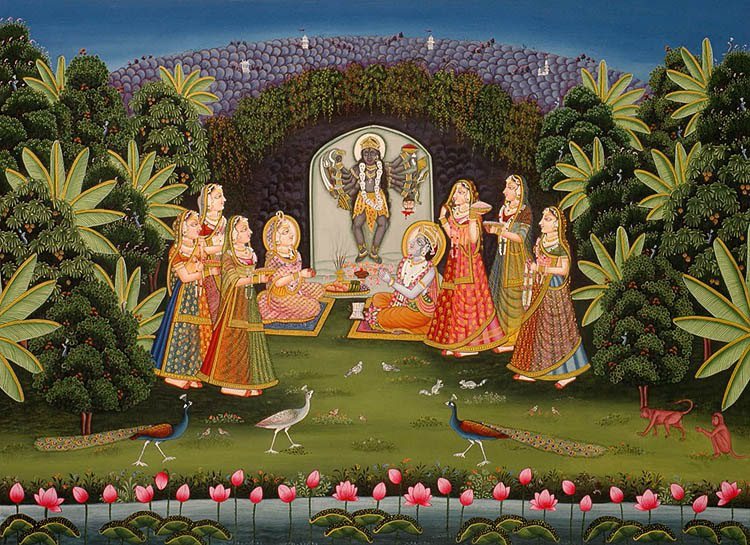
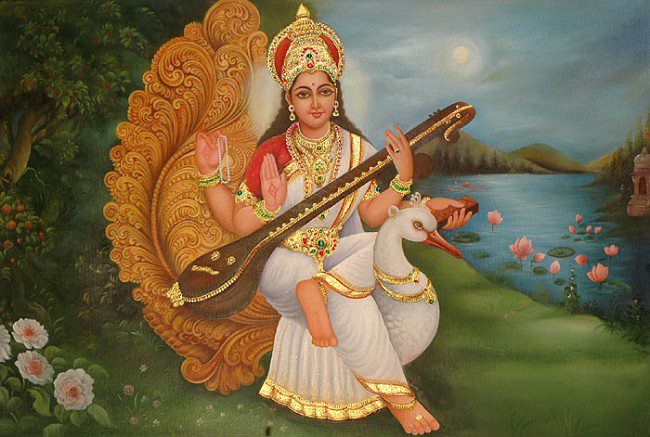
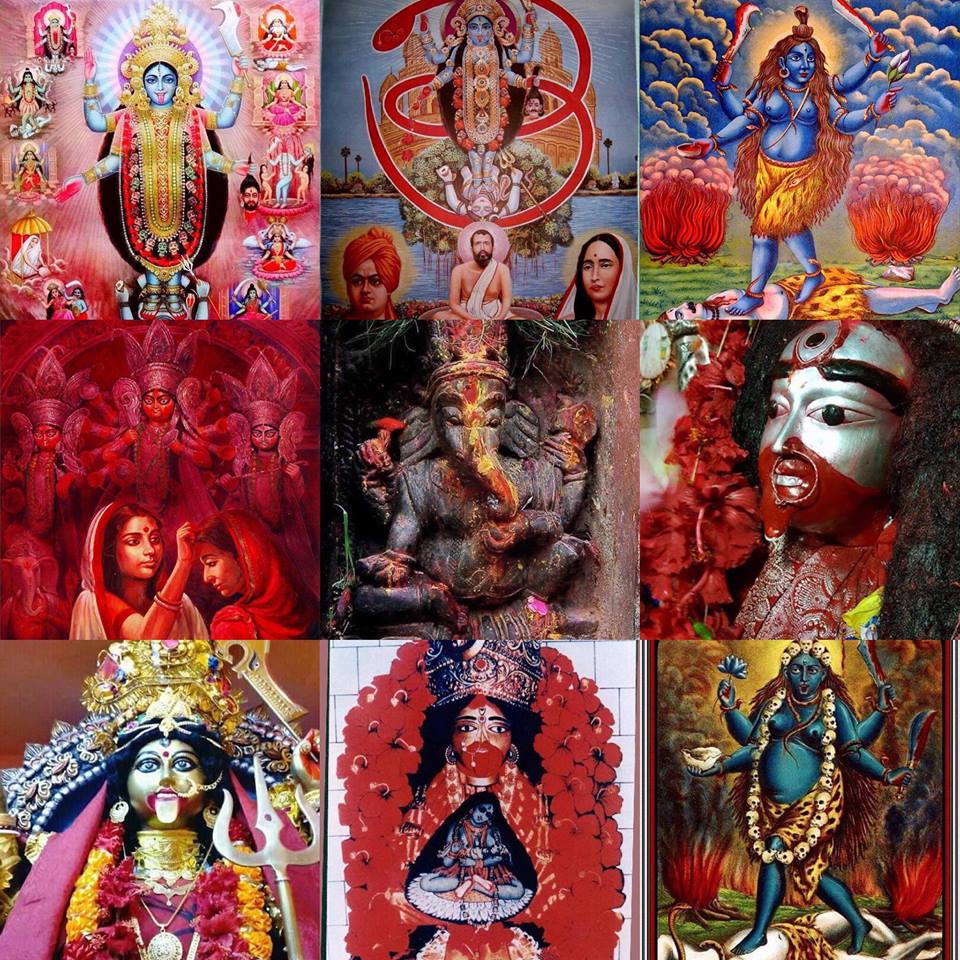
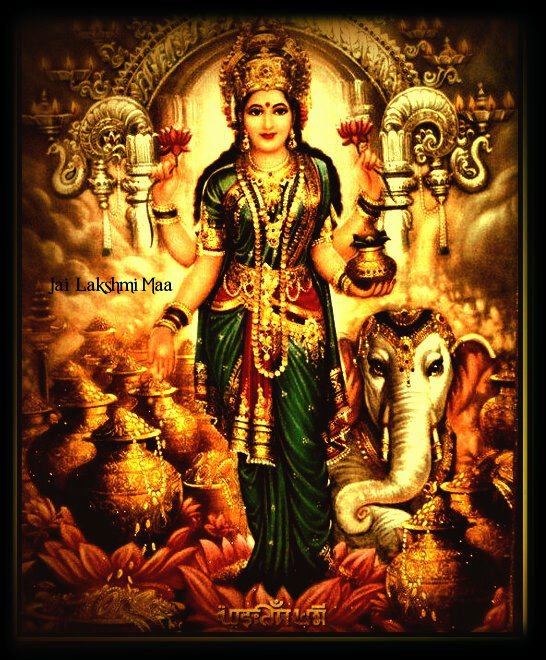
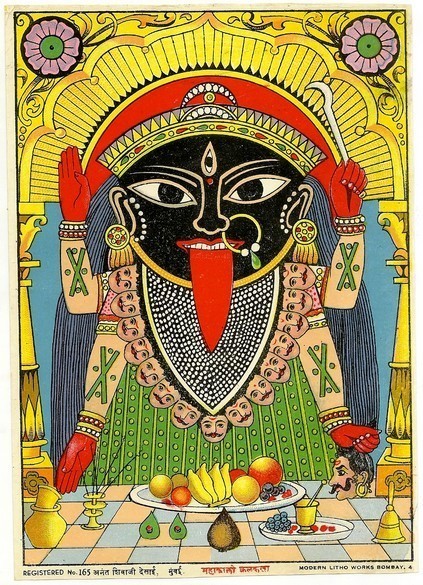
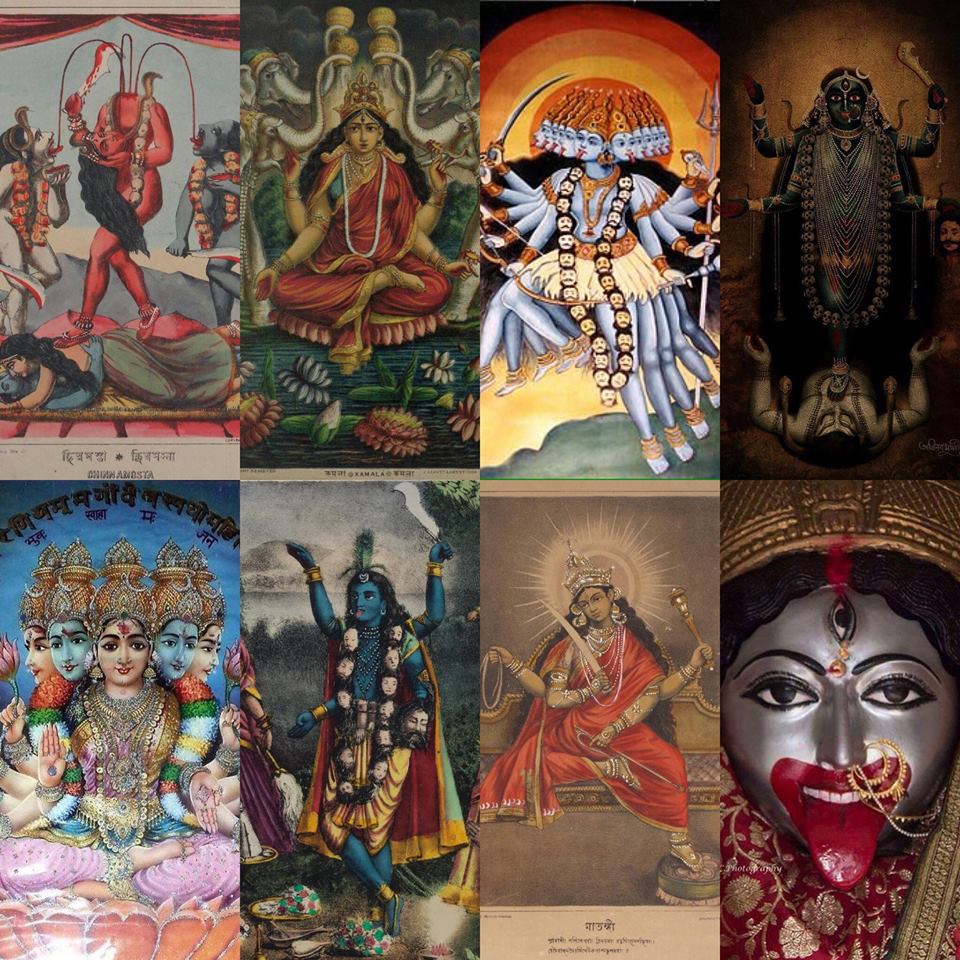
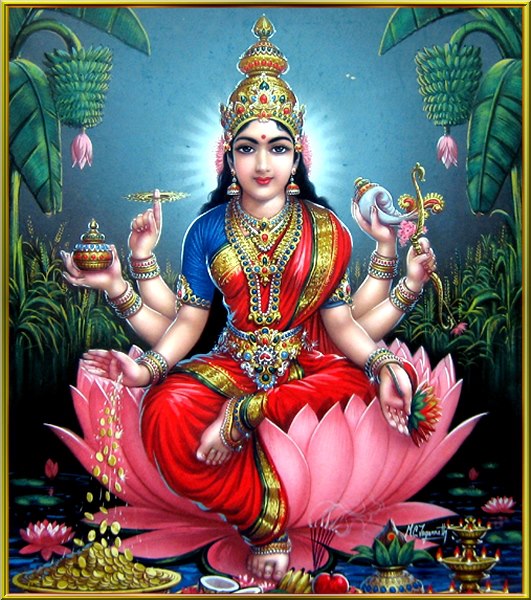
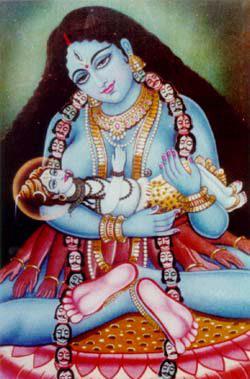
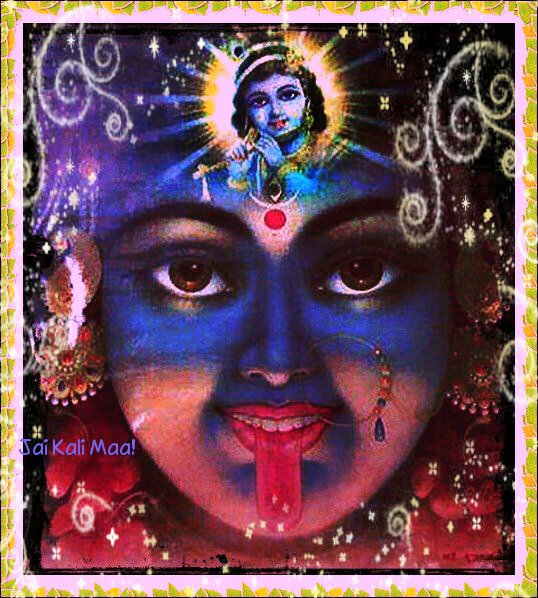
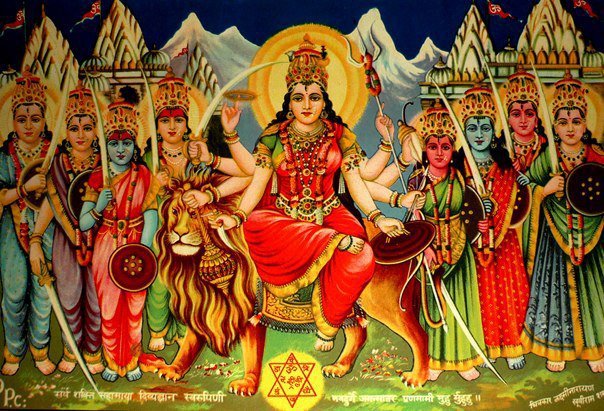
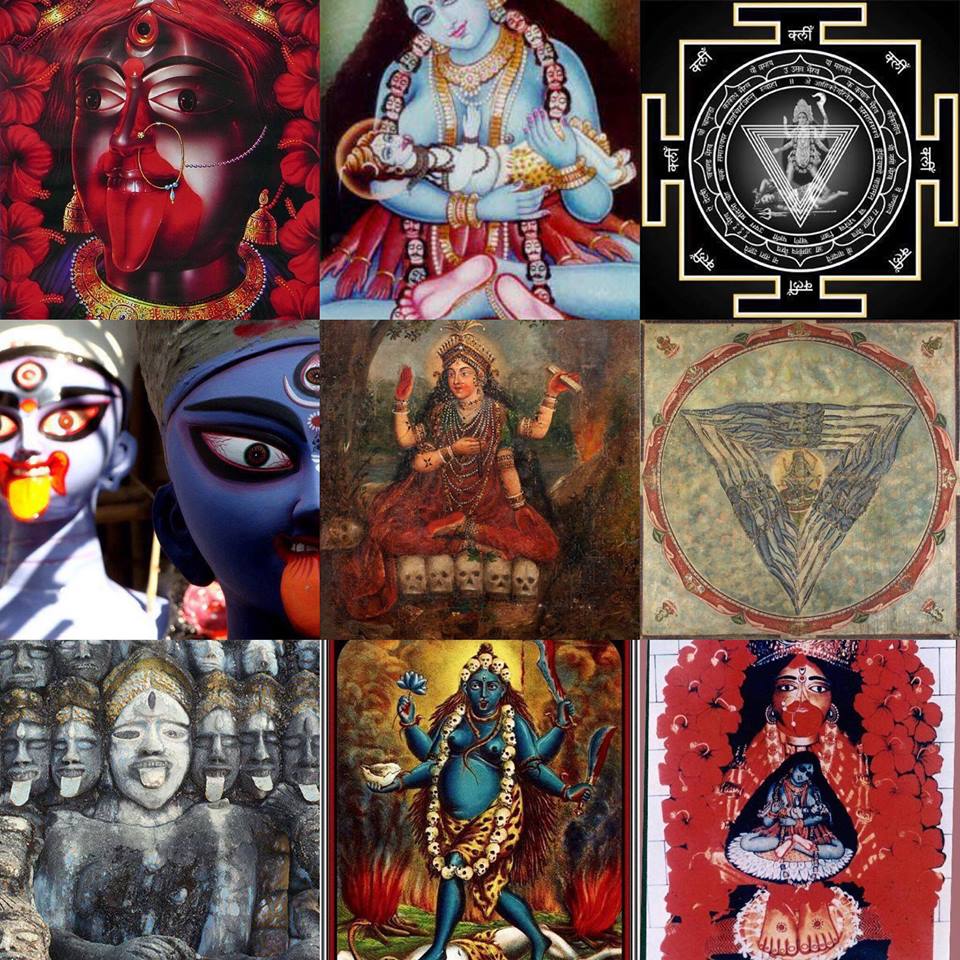
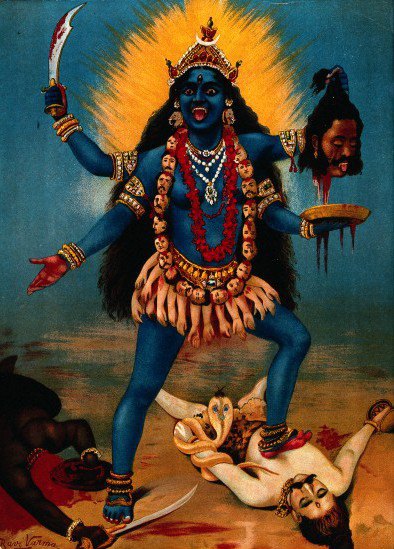
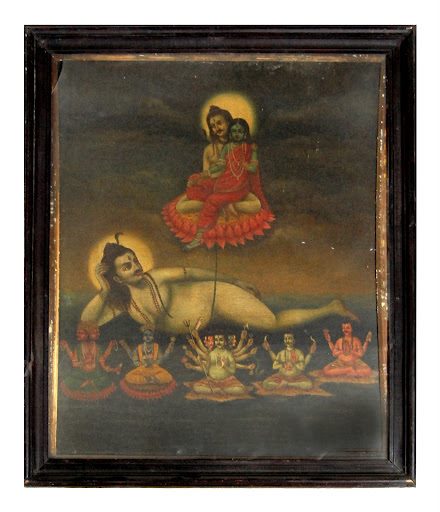
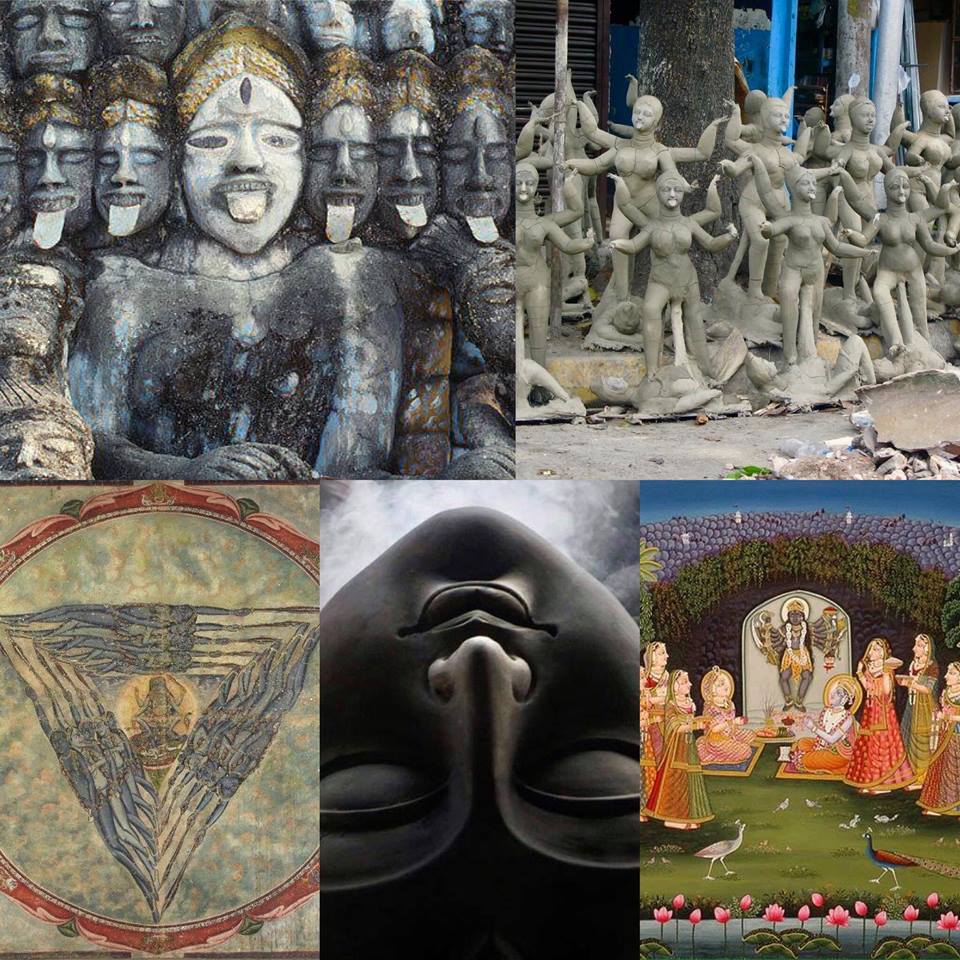
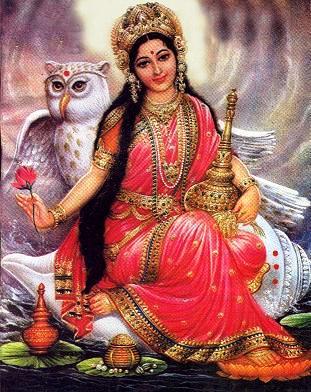
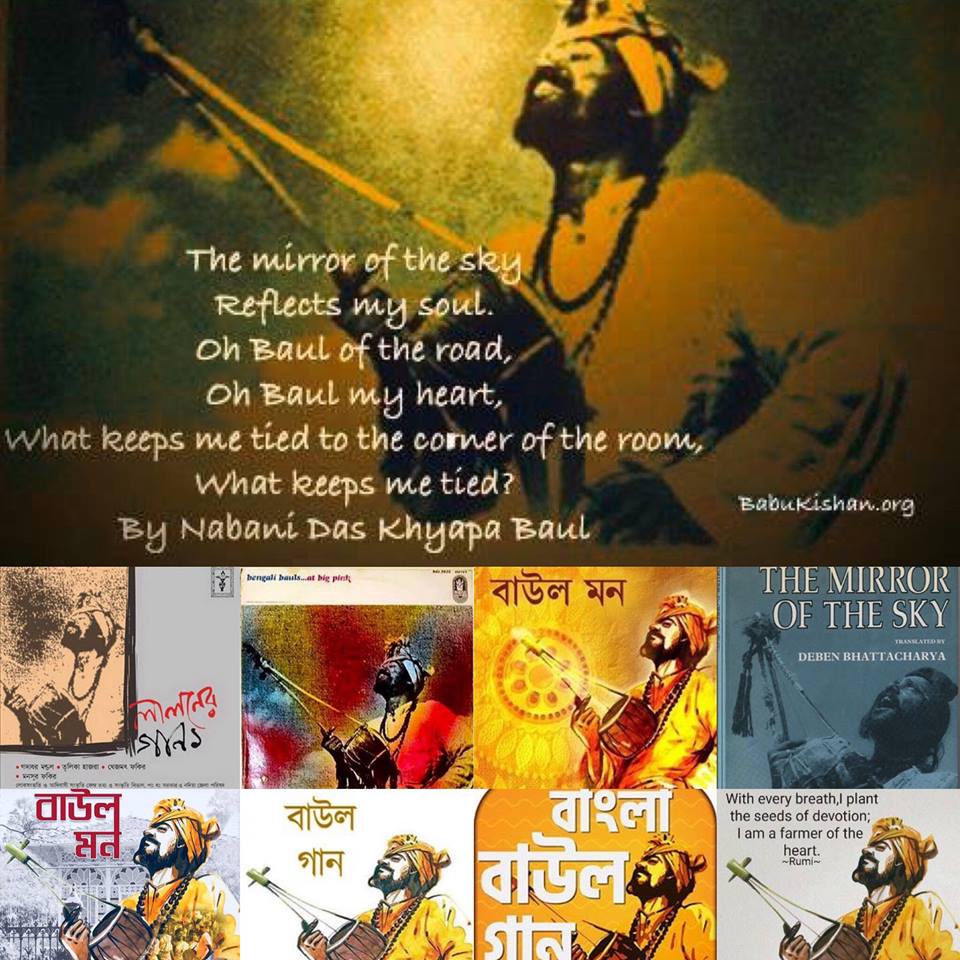
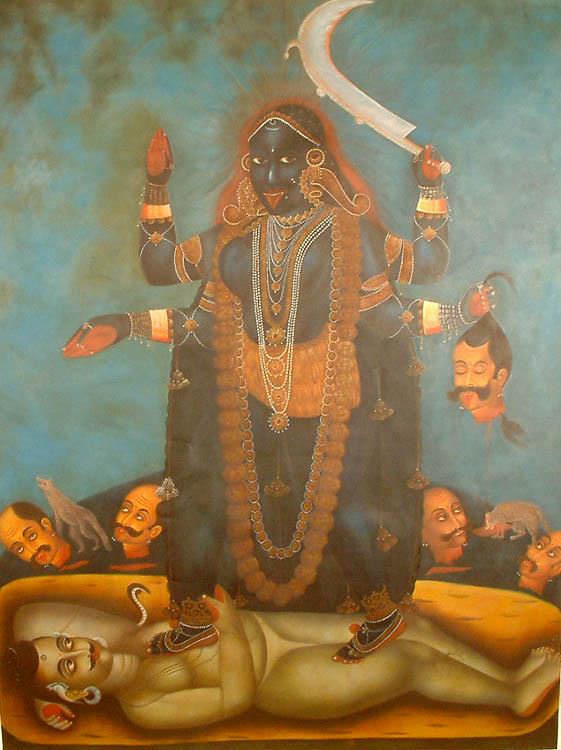
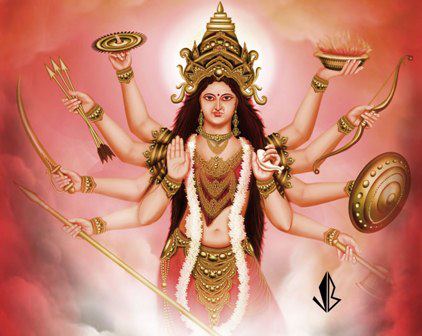
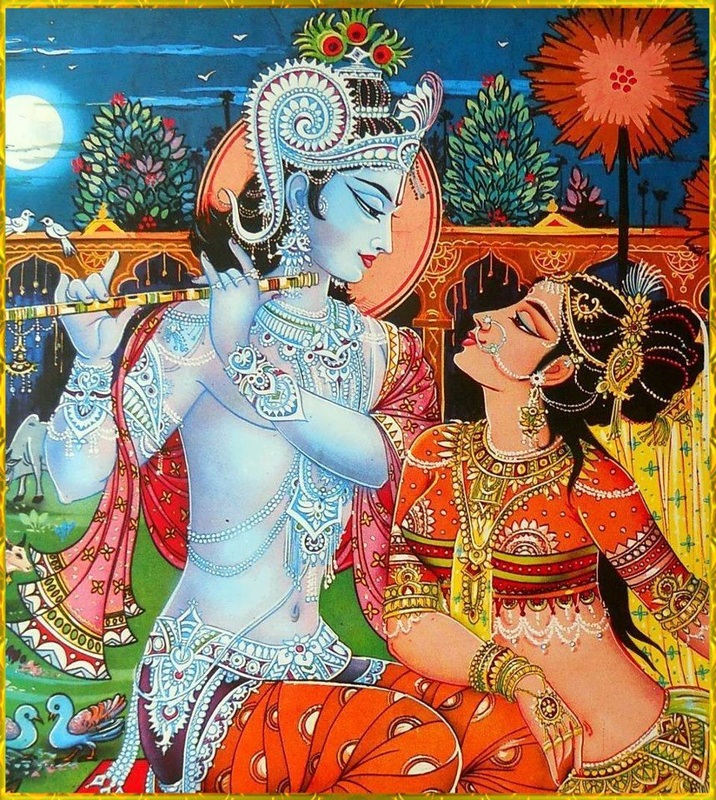
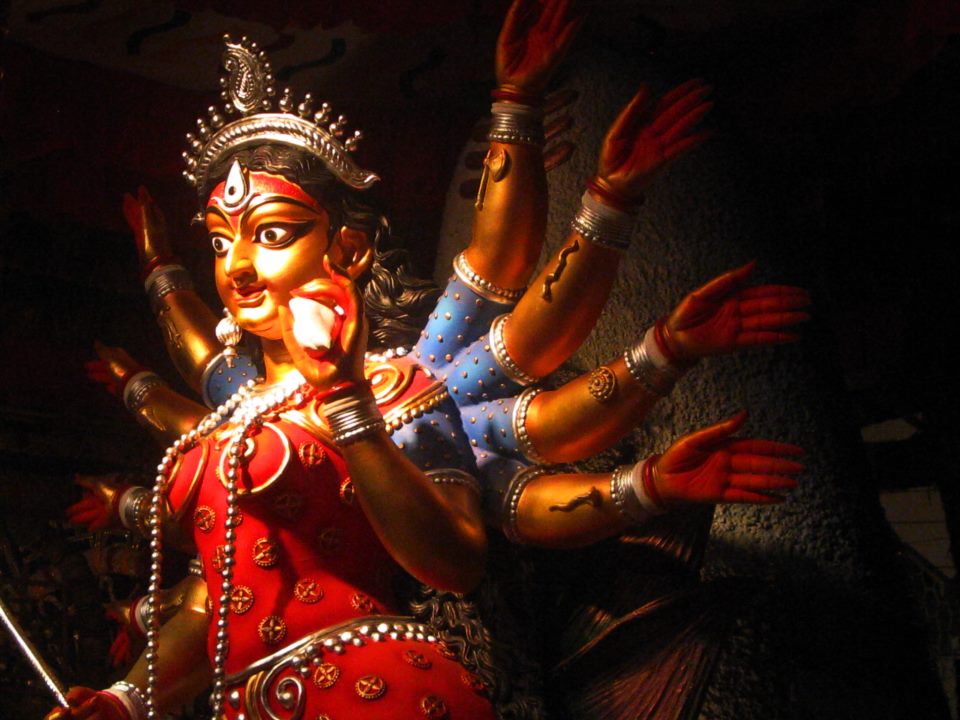
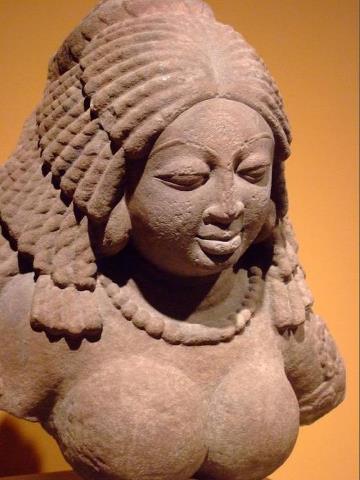
 RSS Feed
RSS Feed
